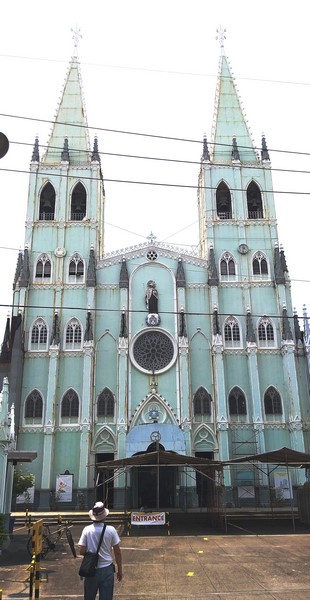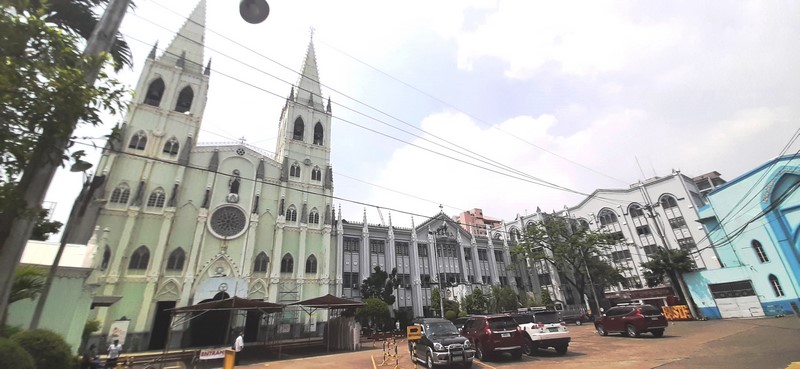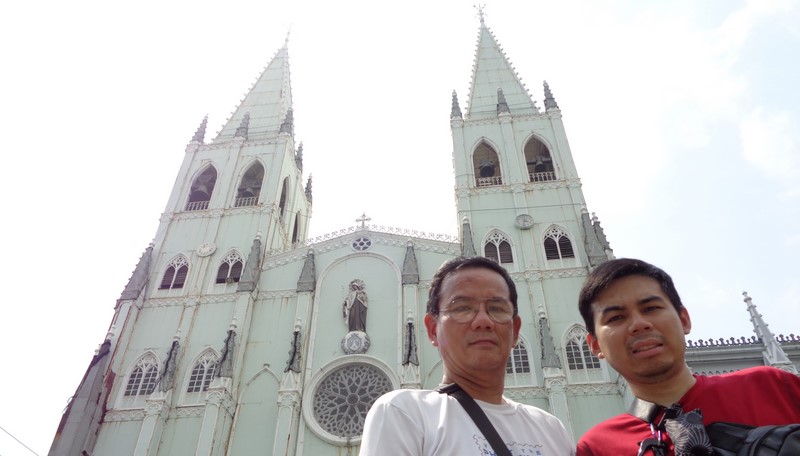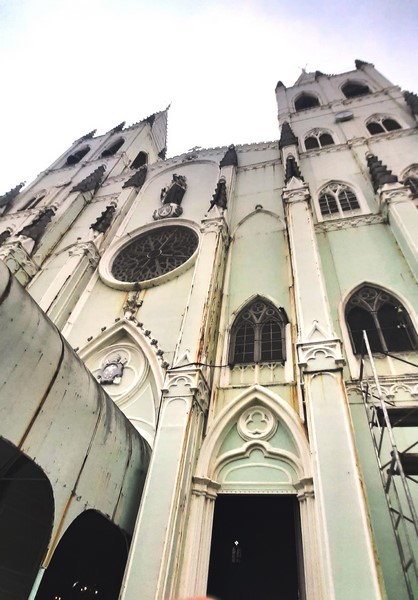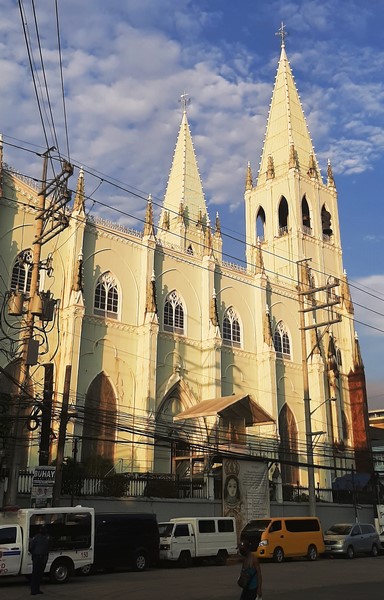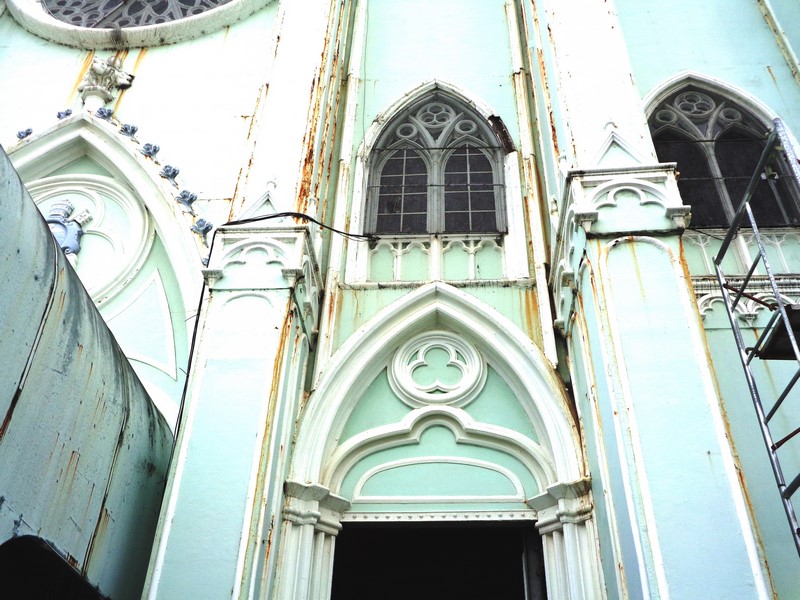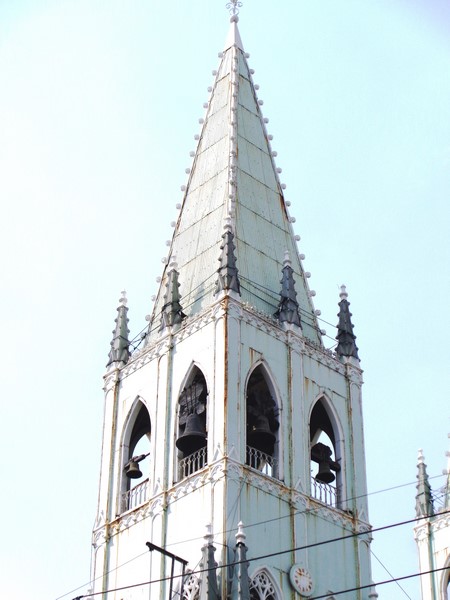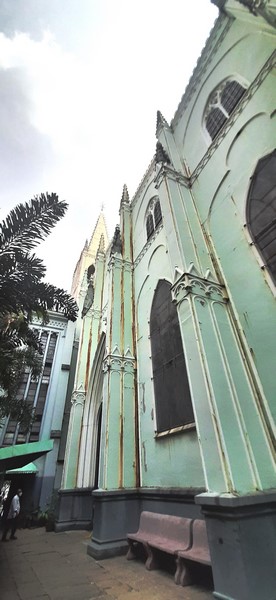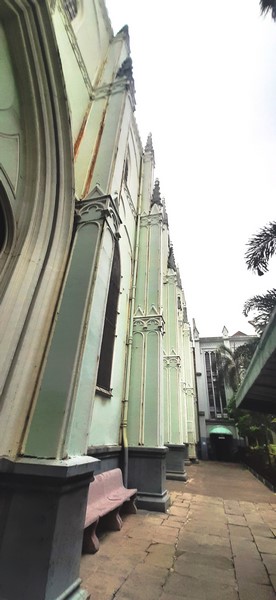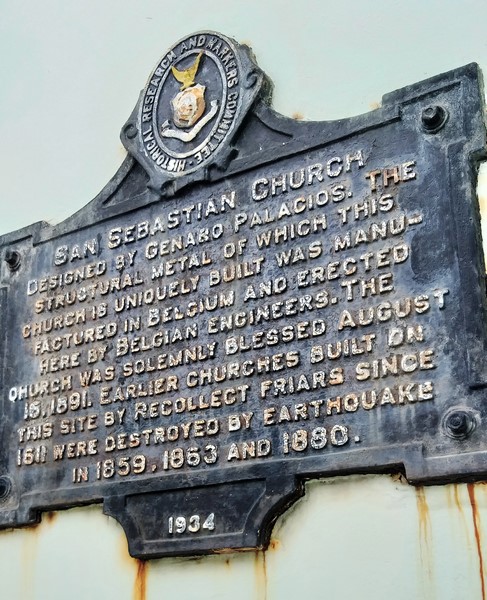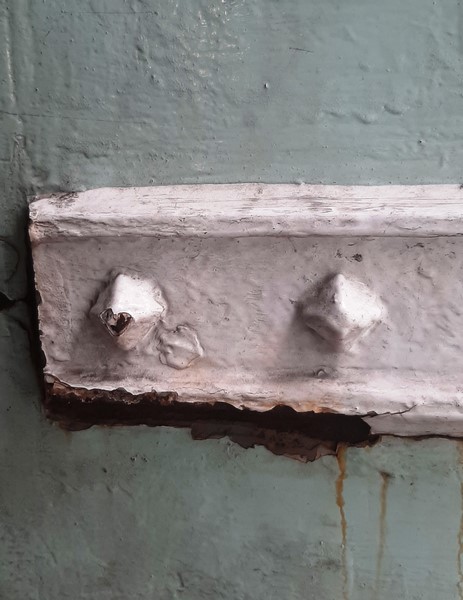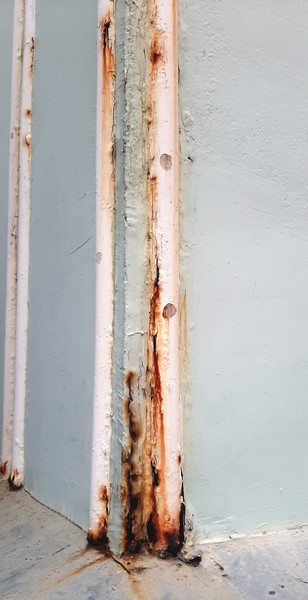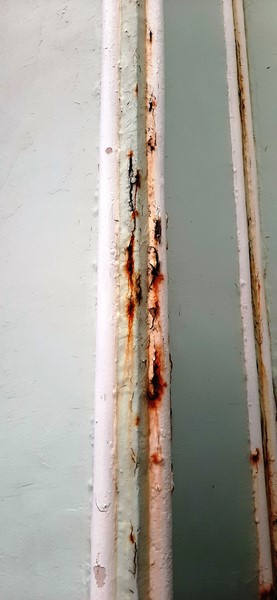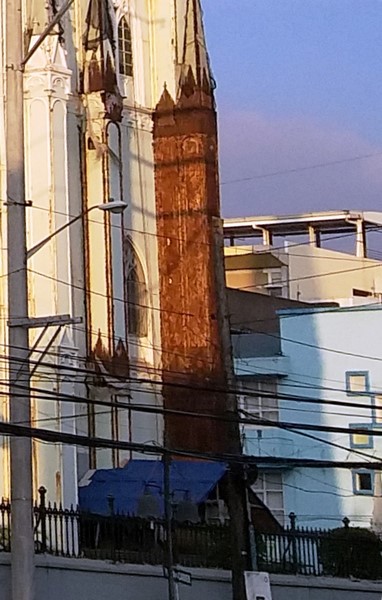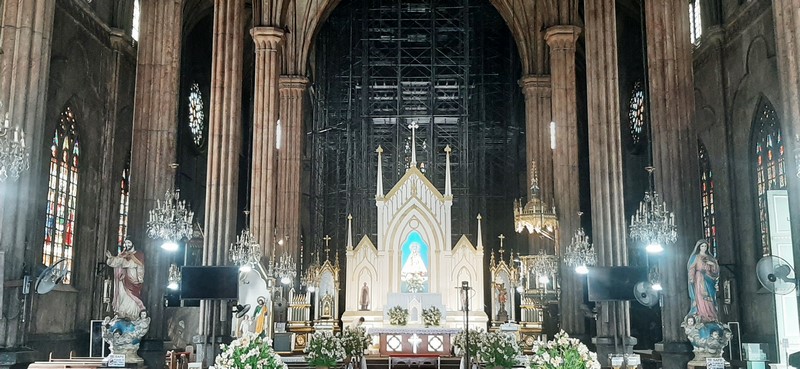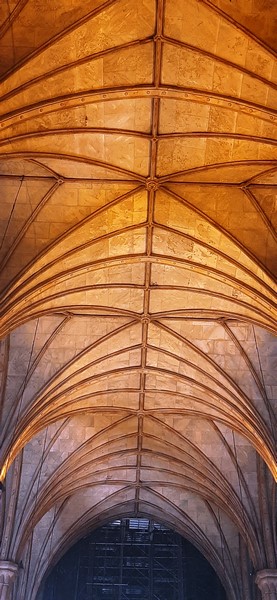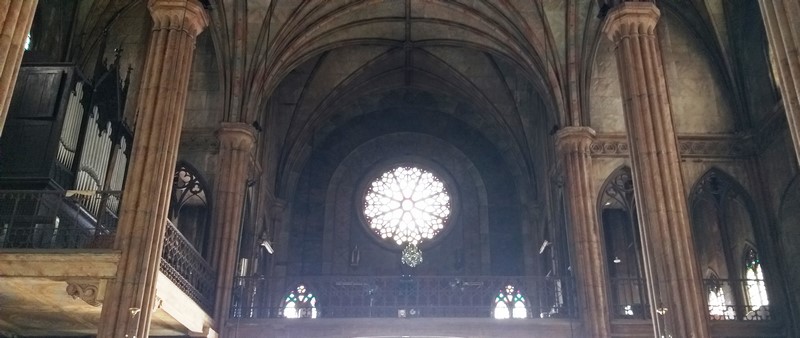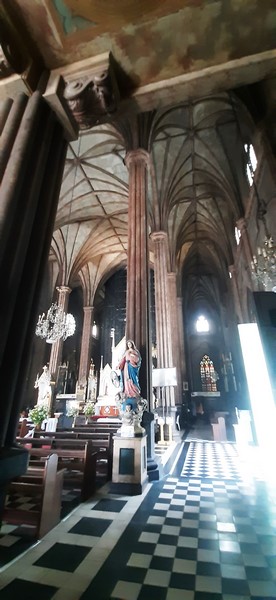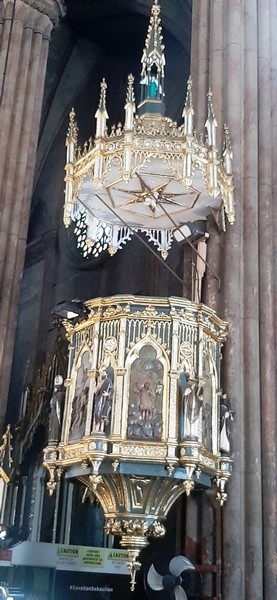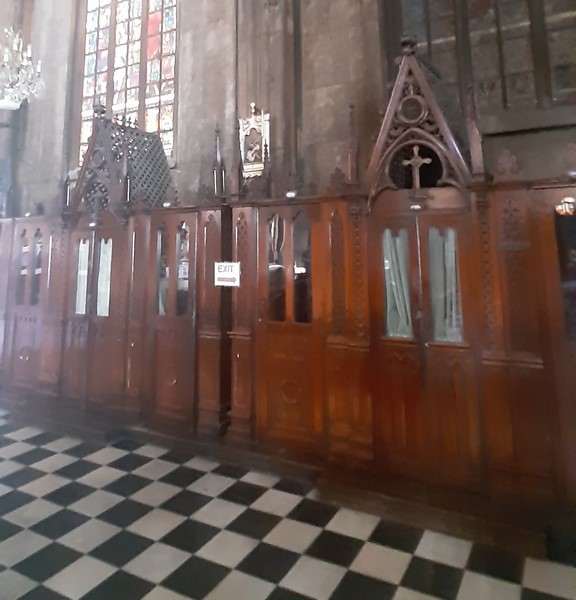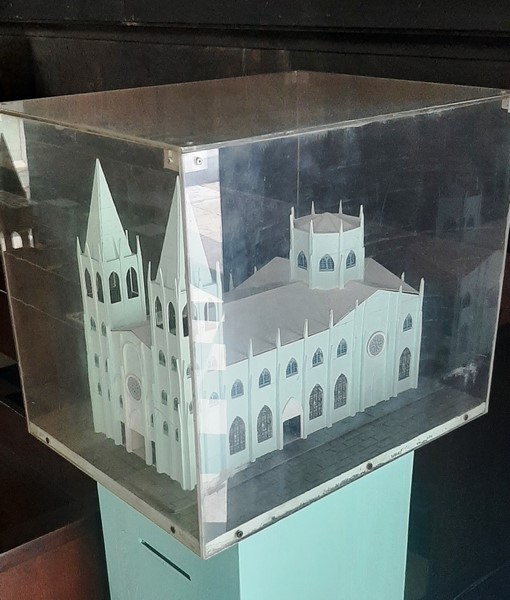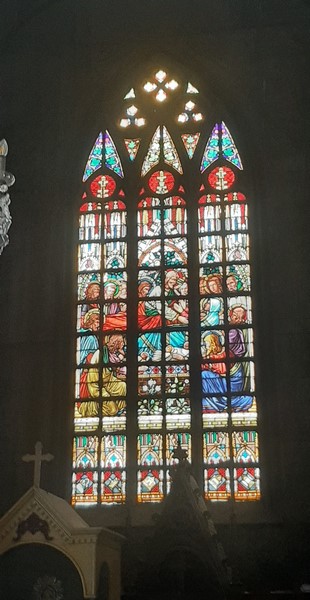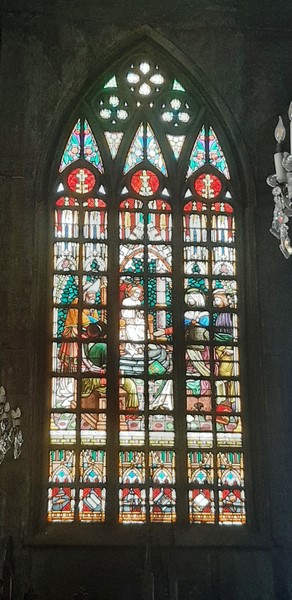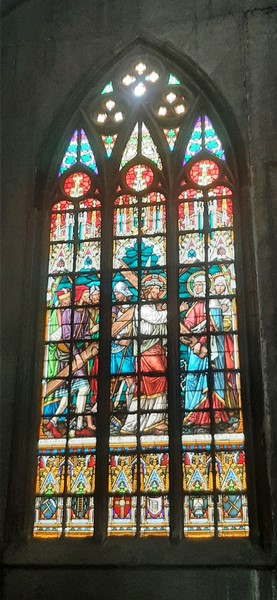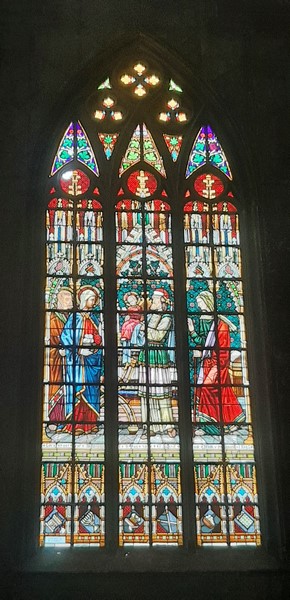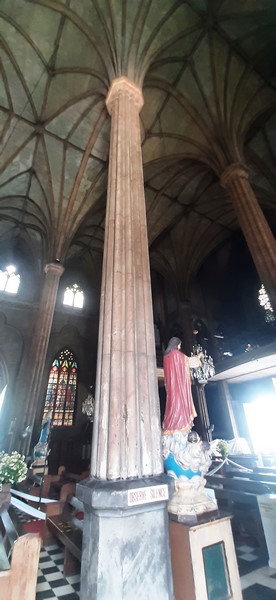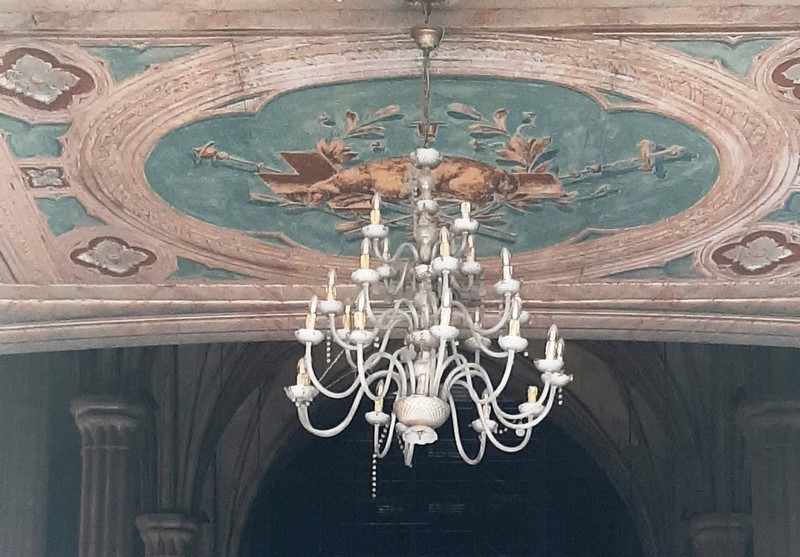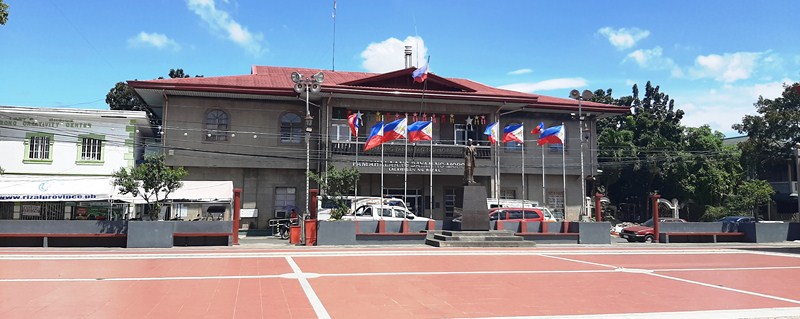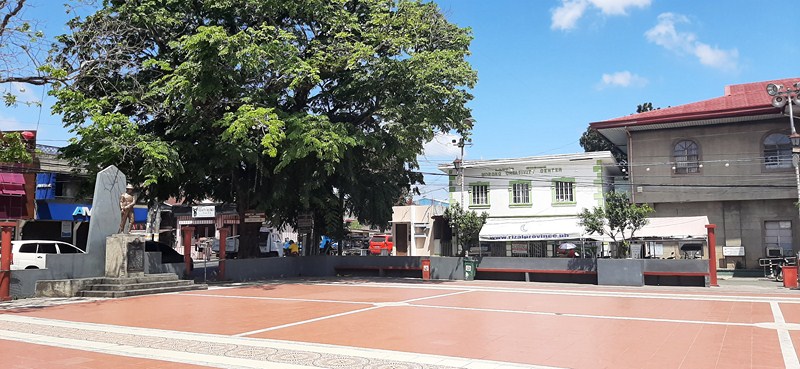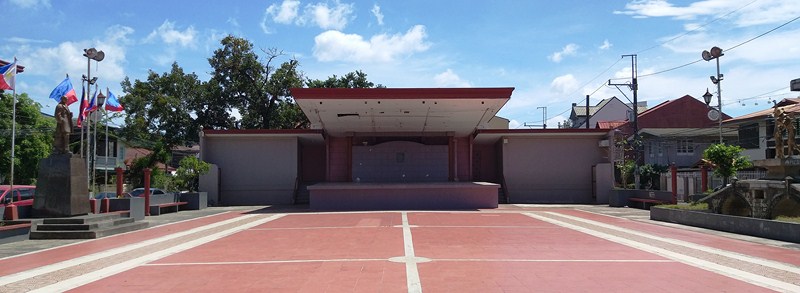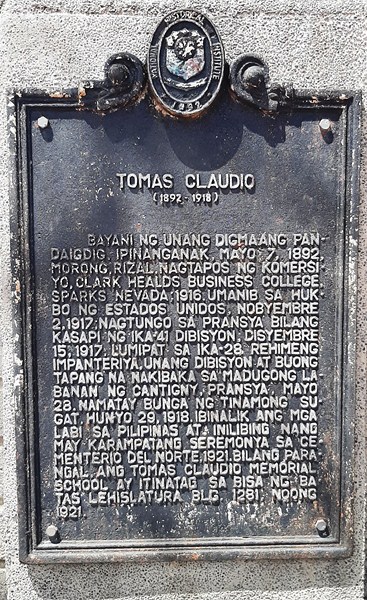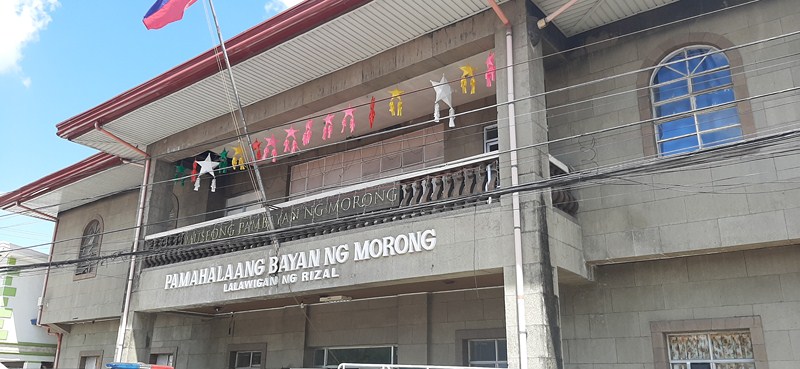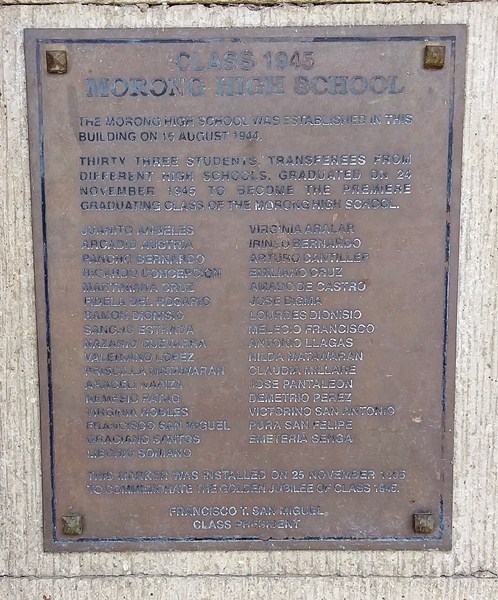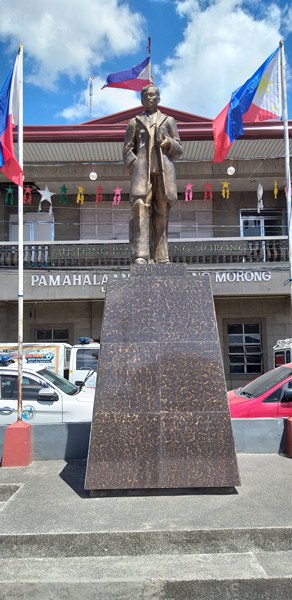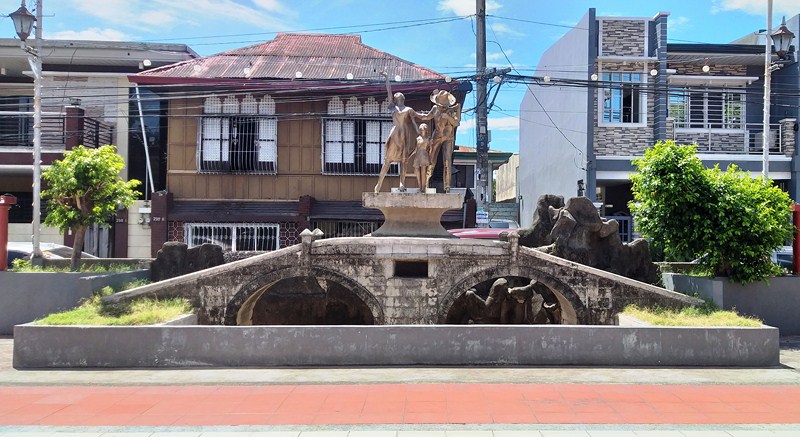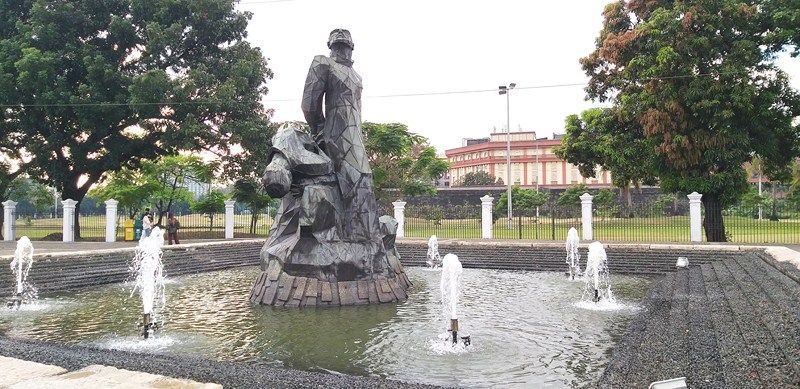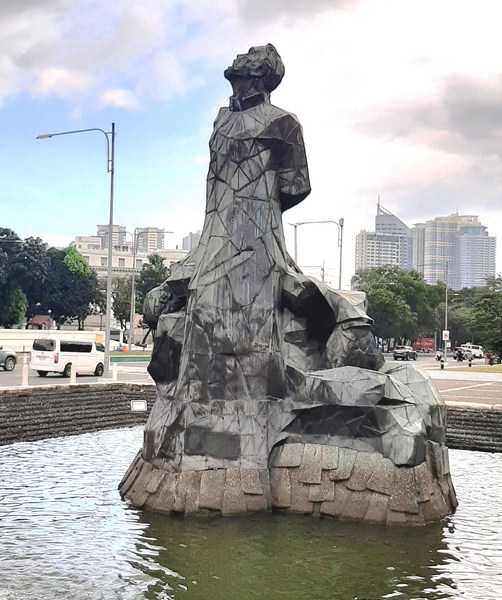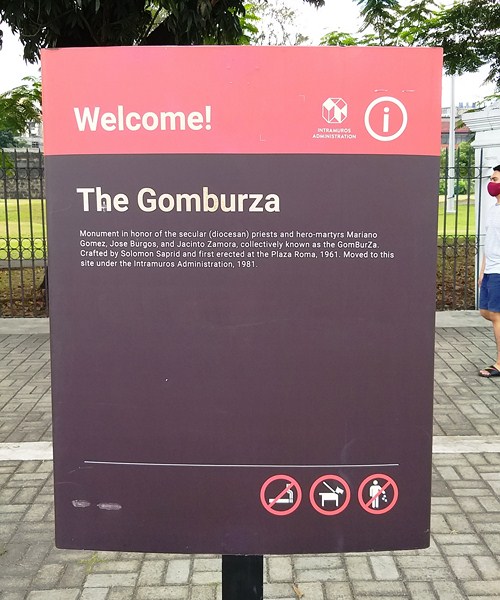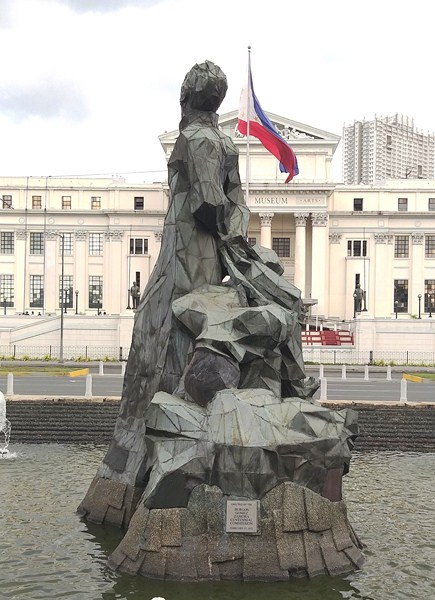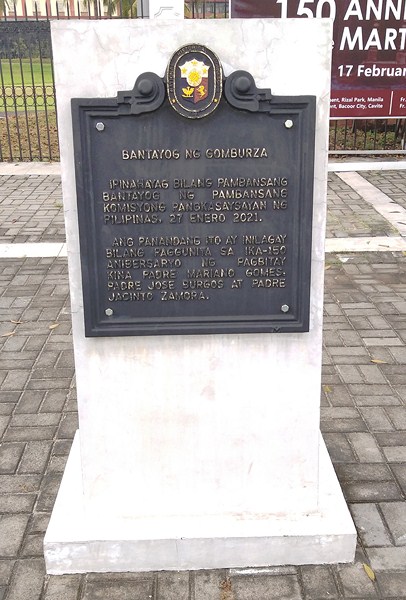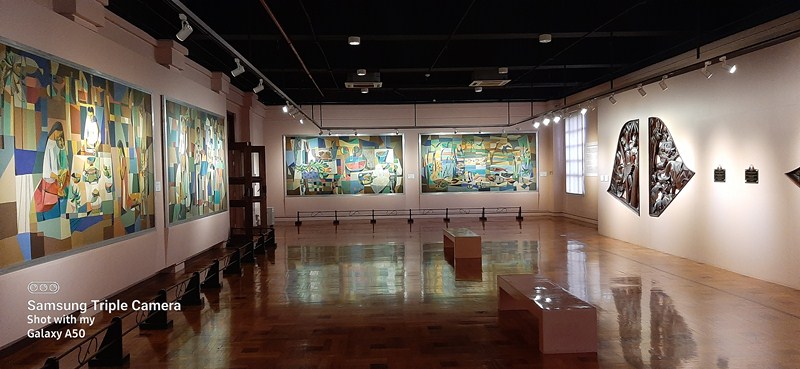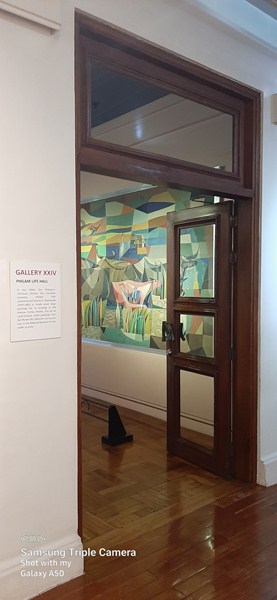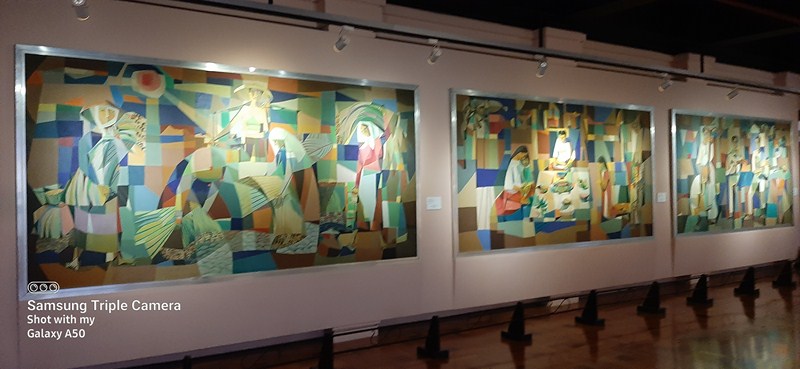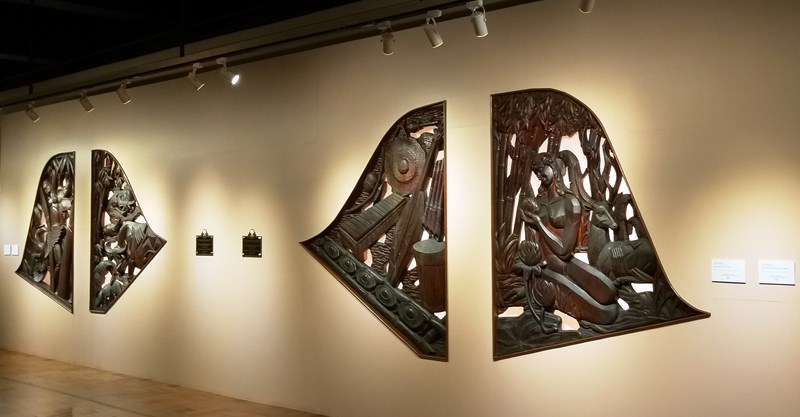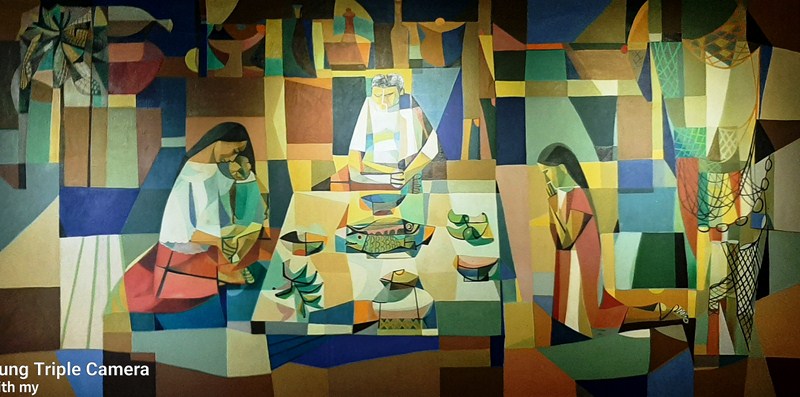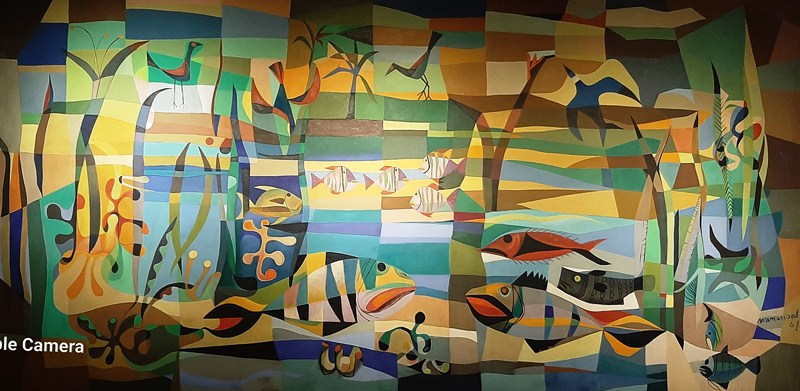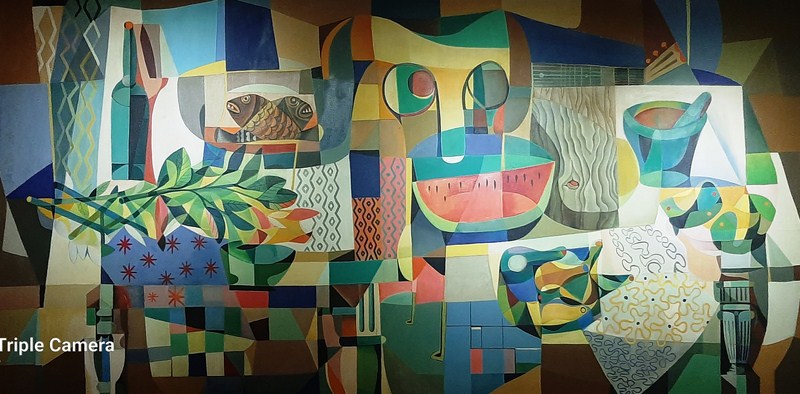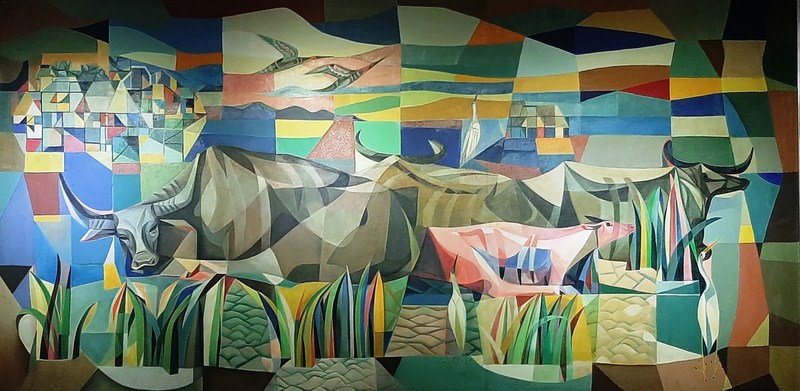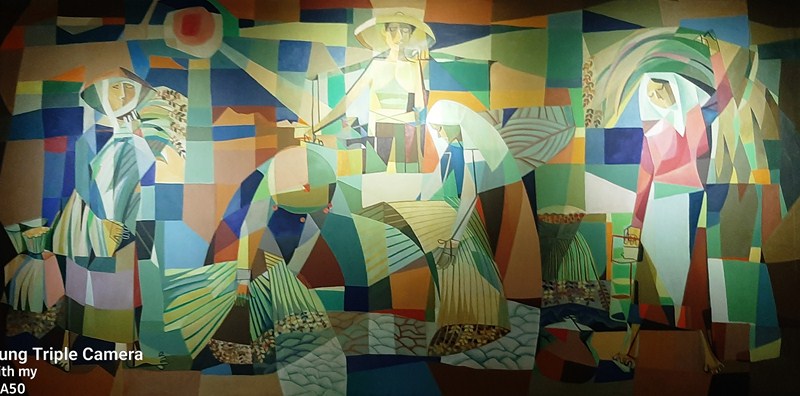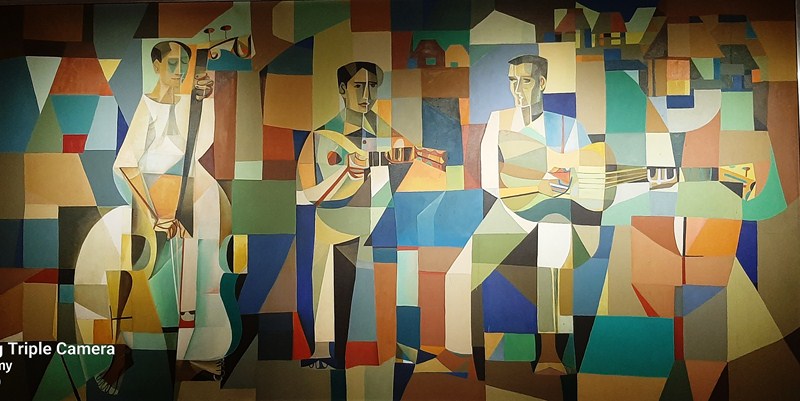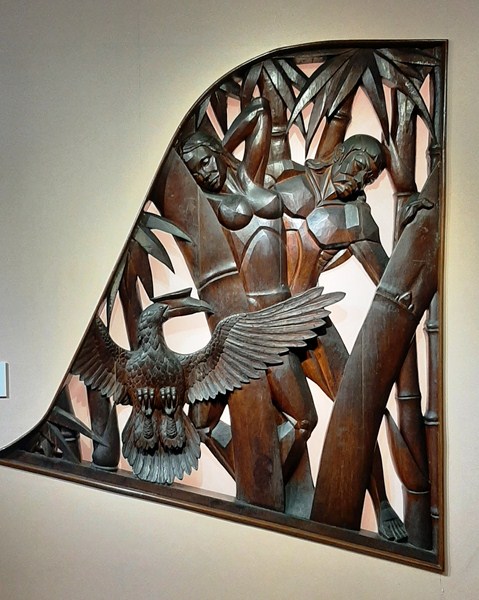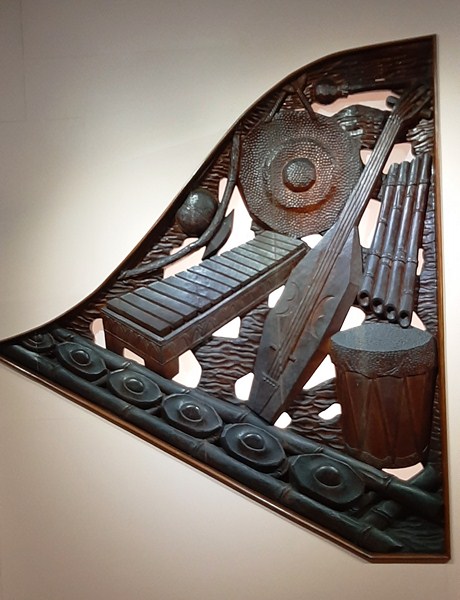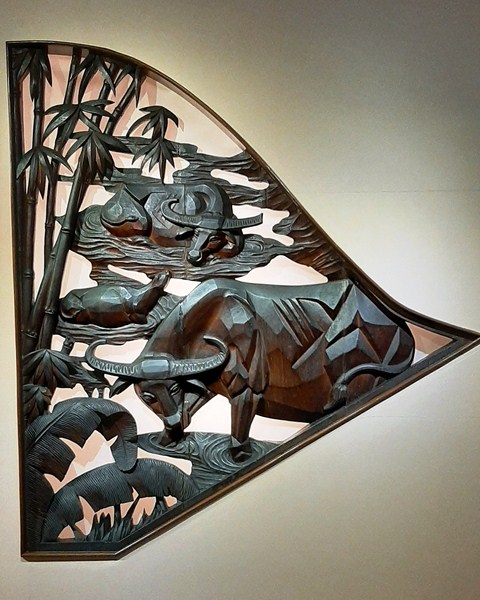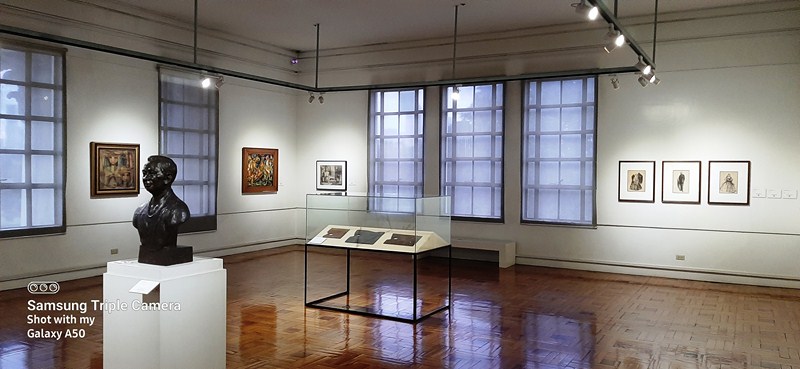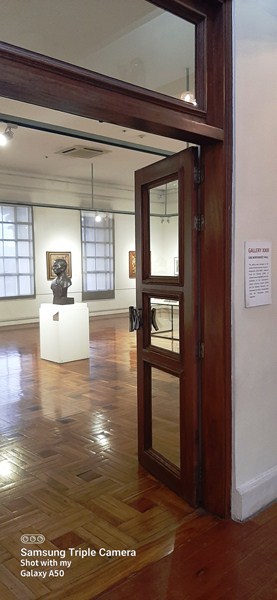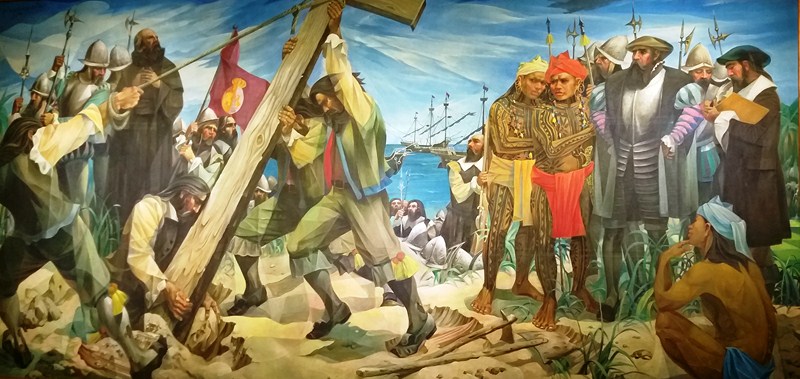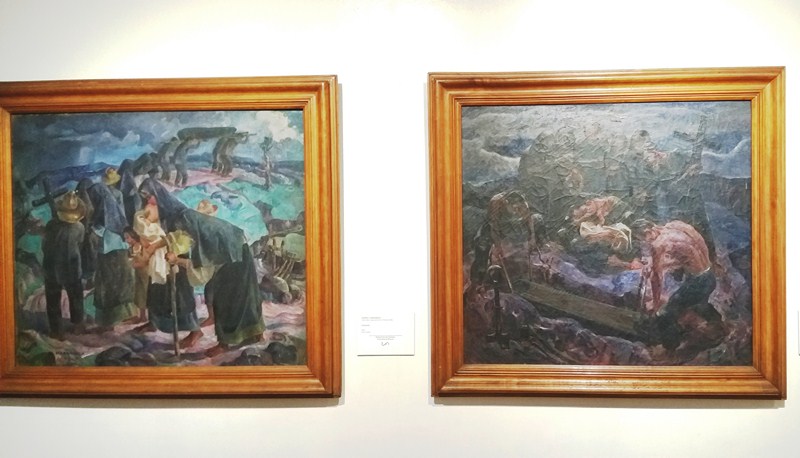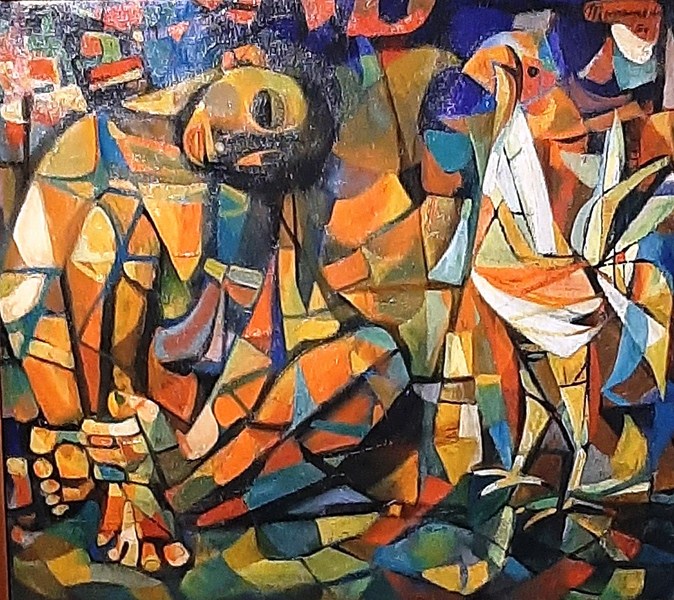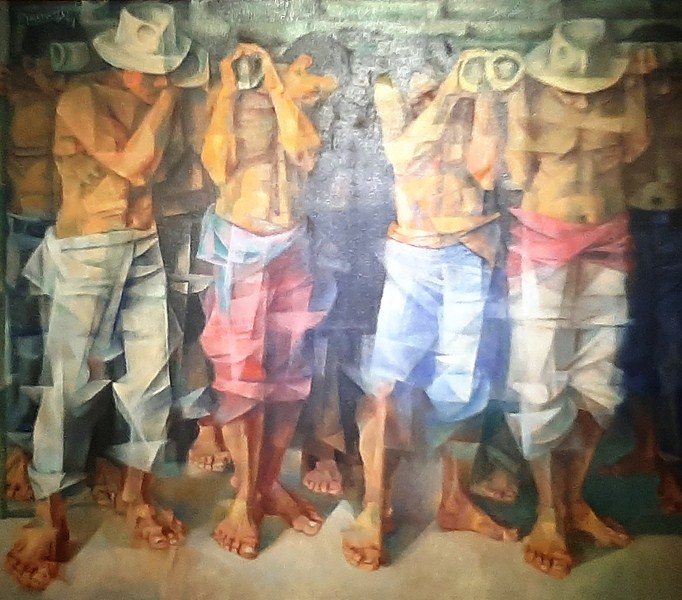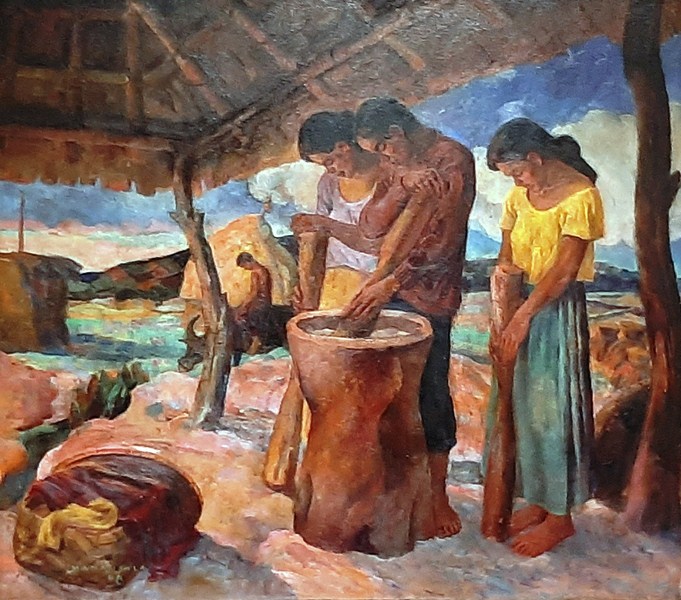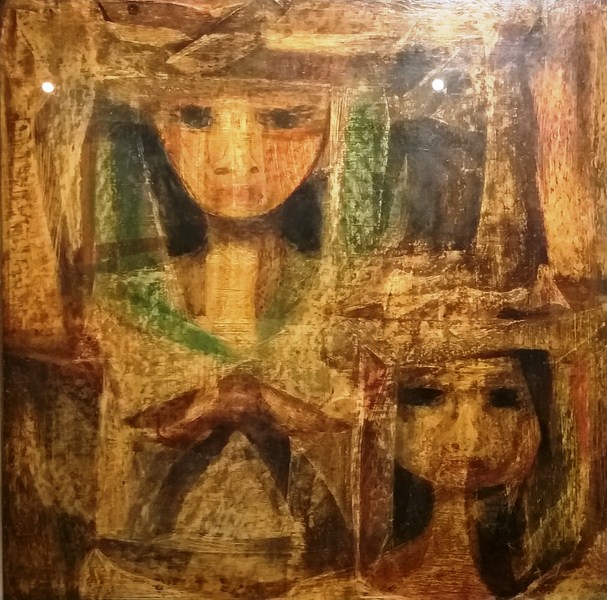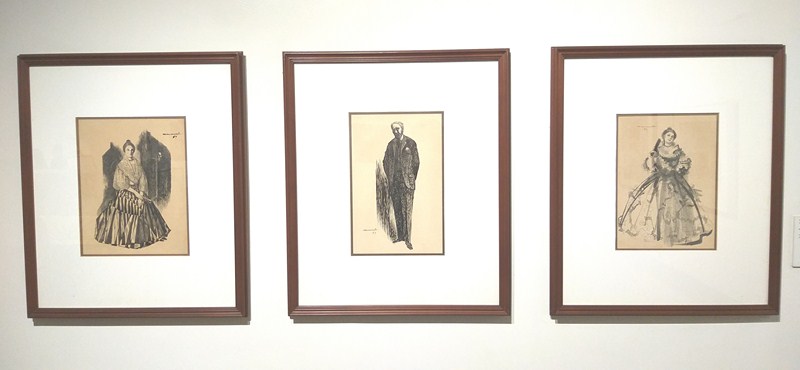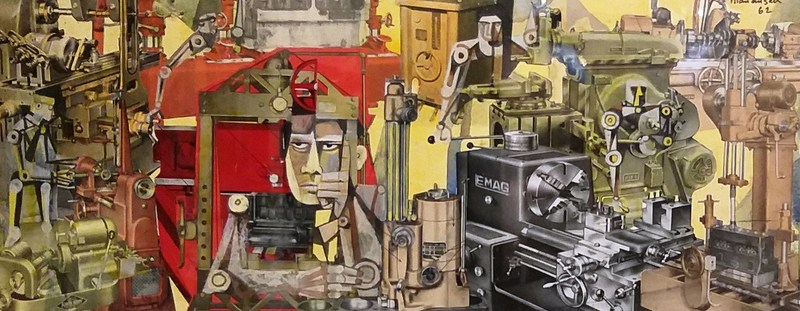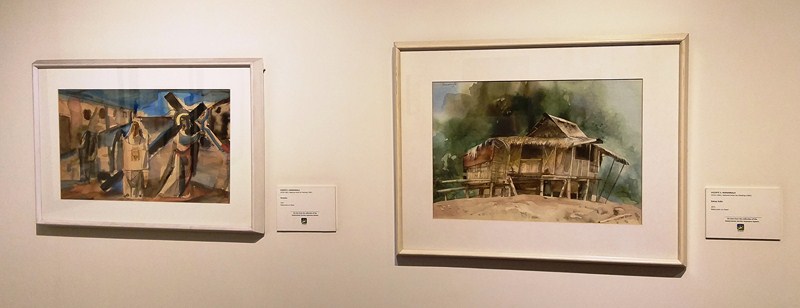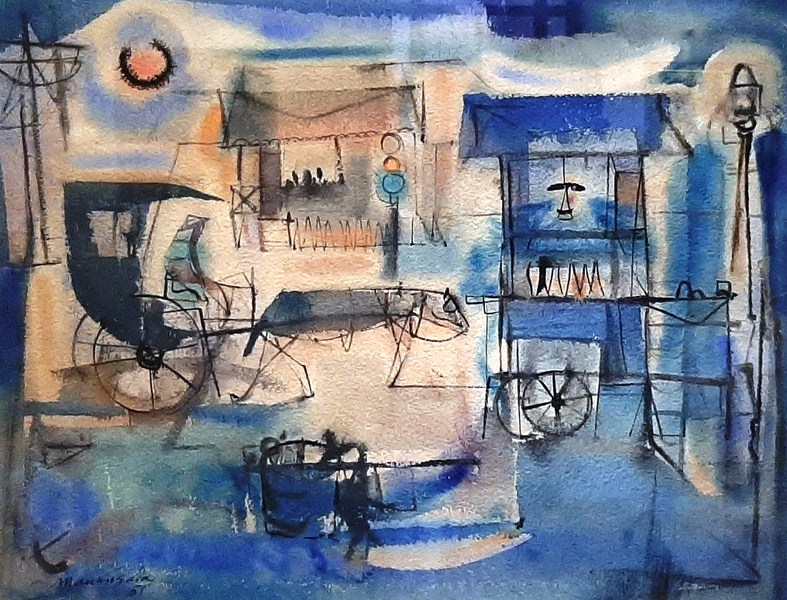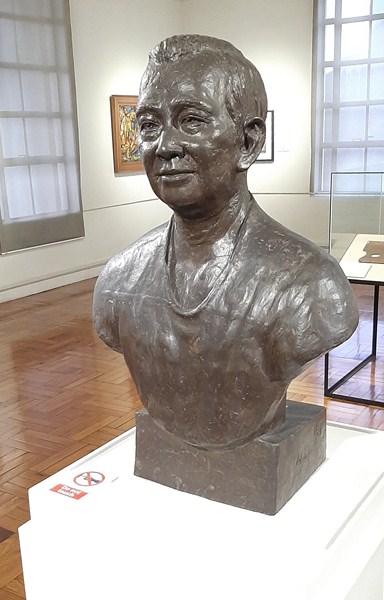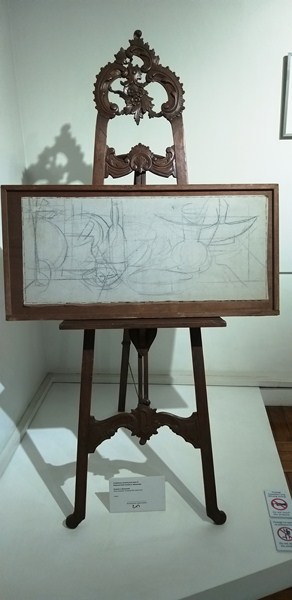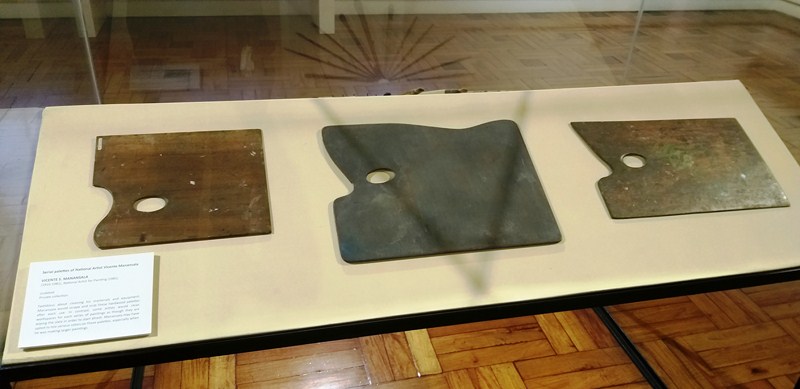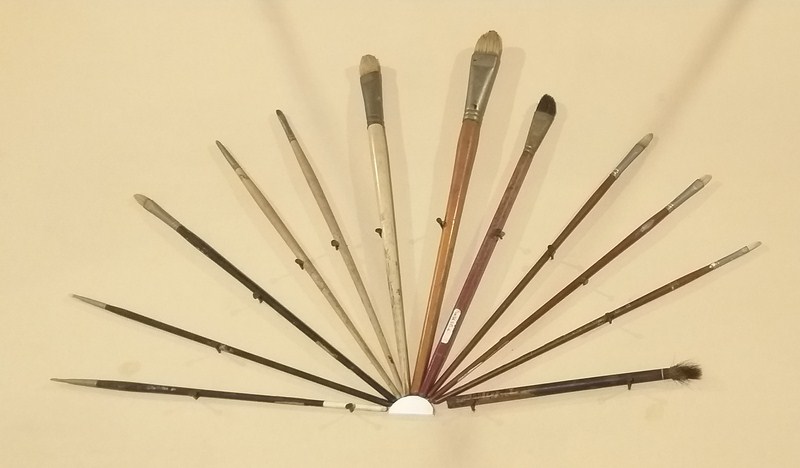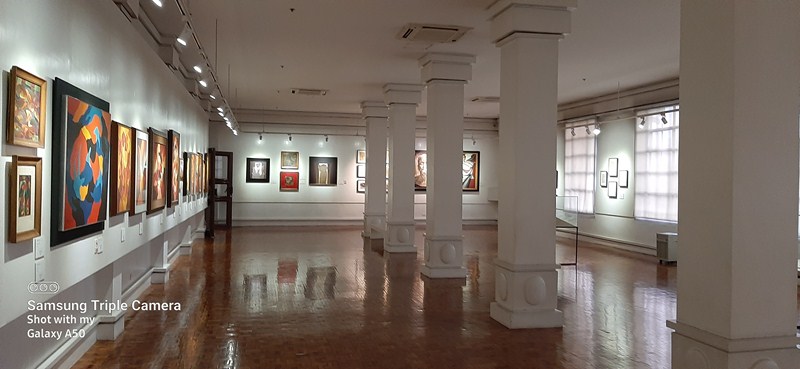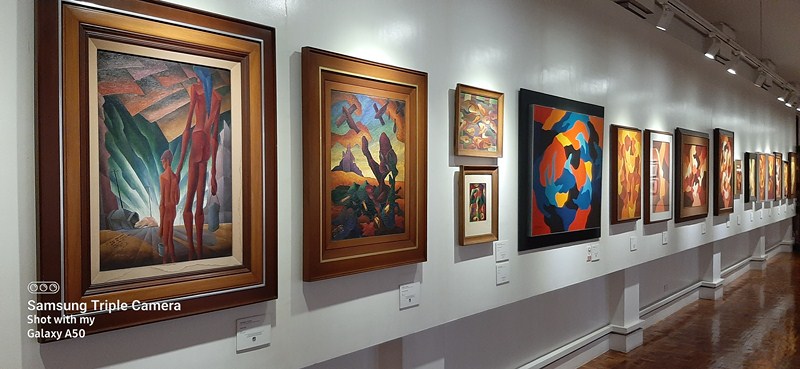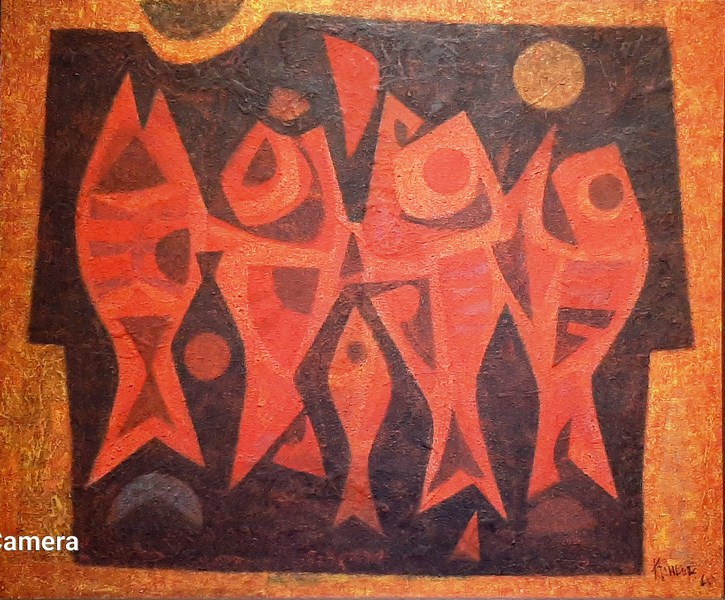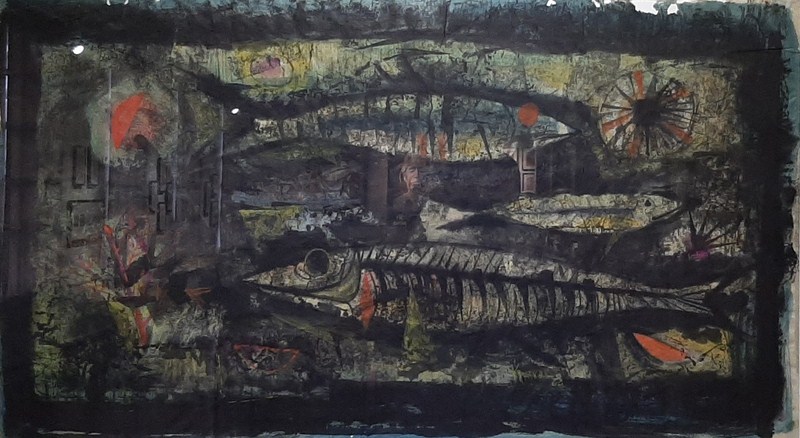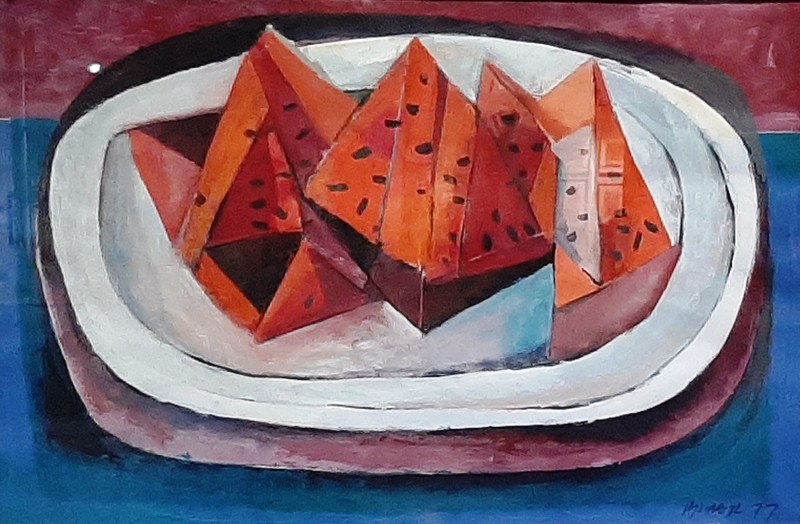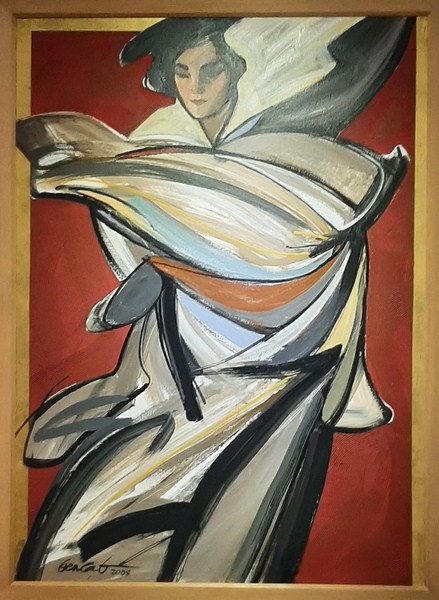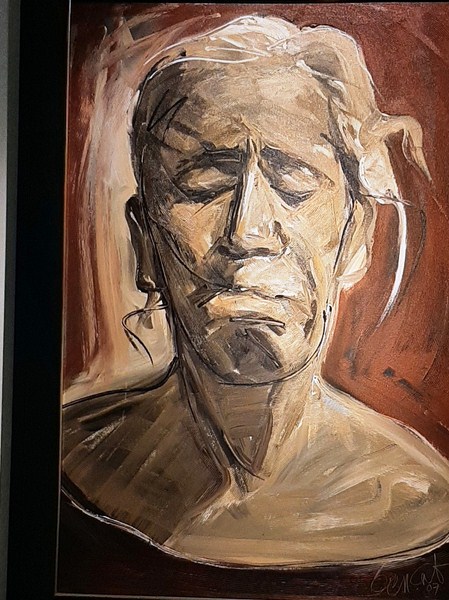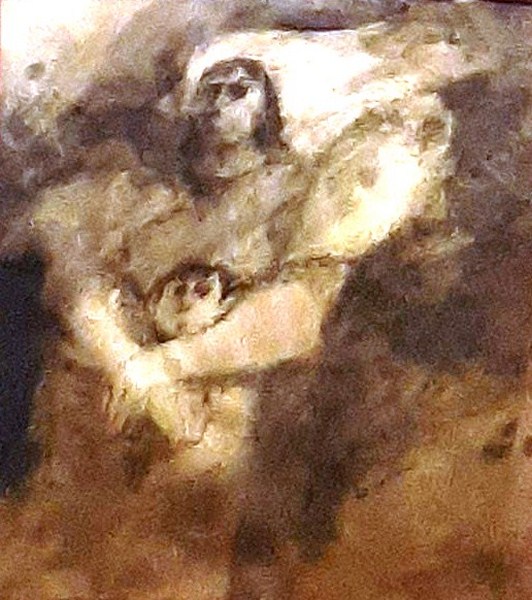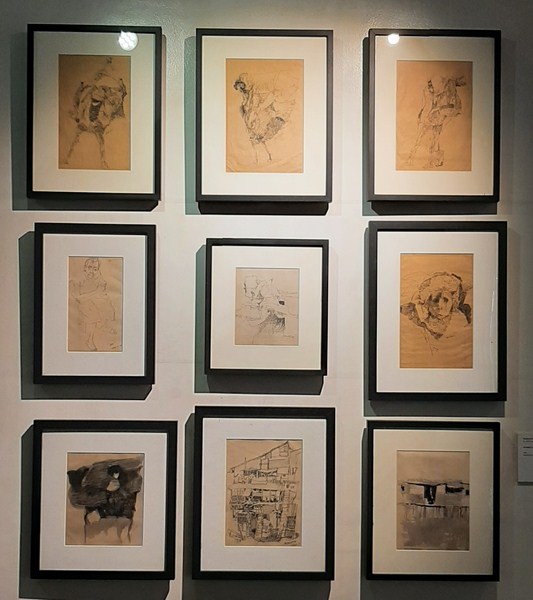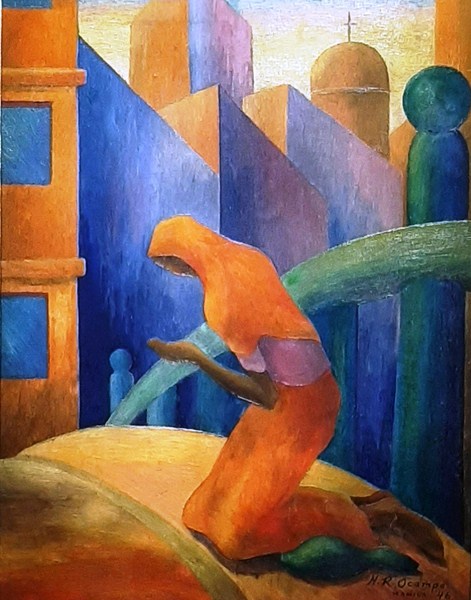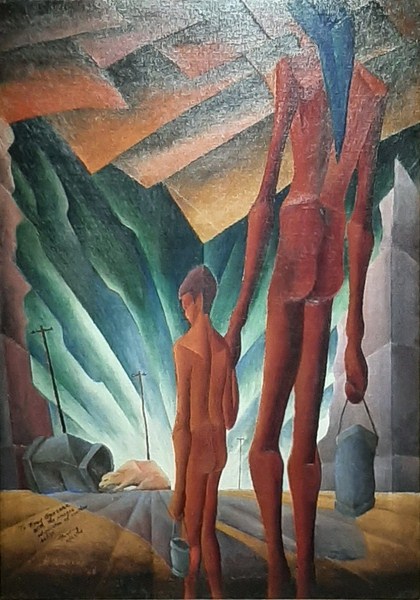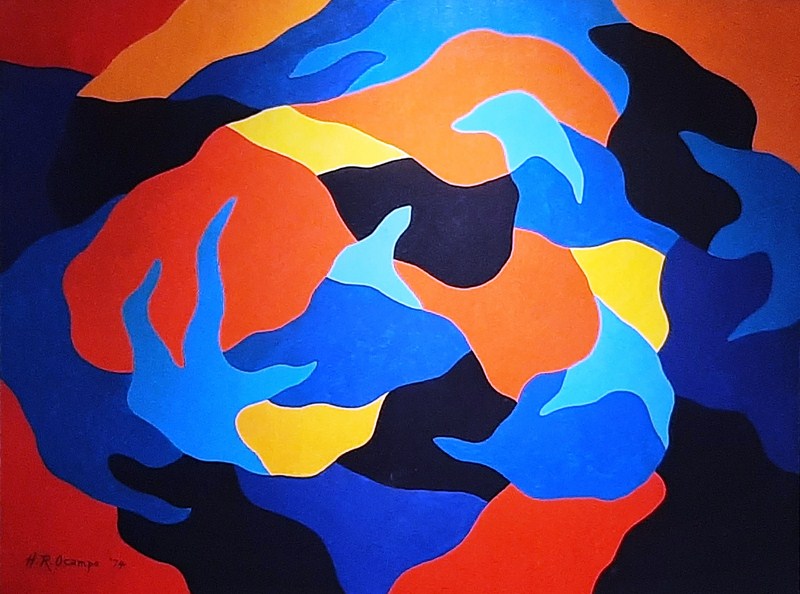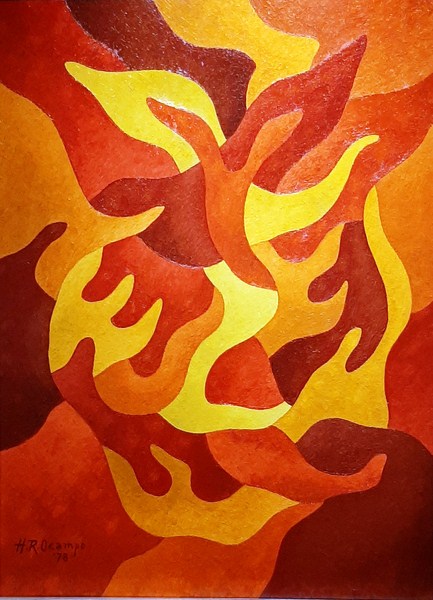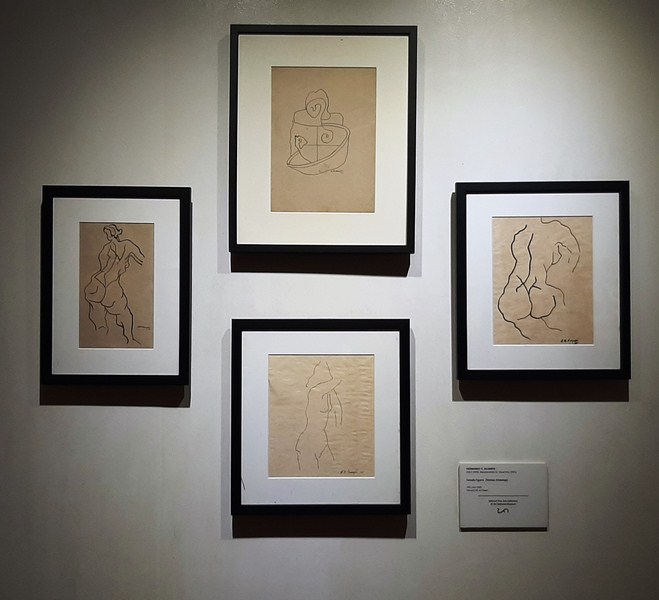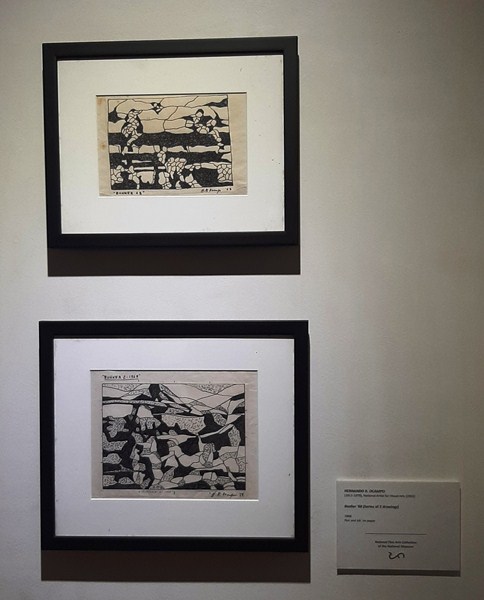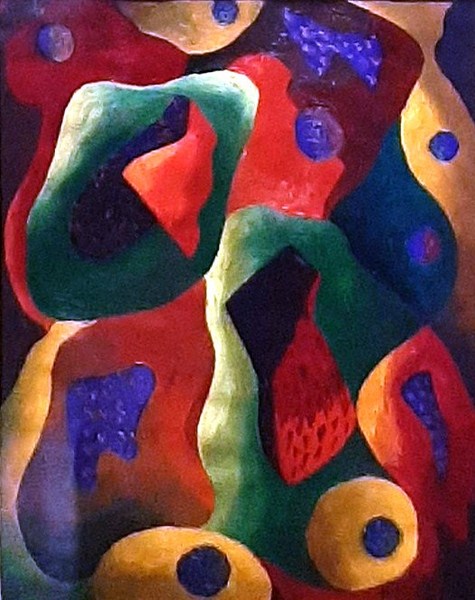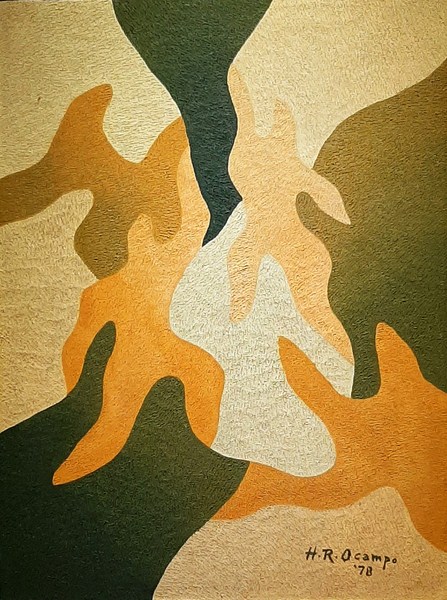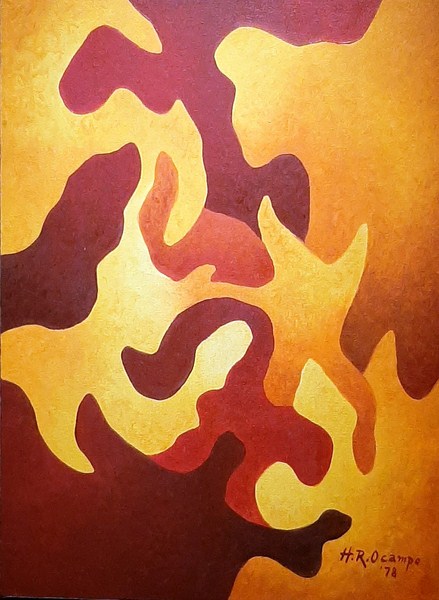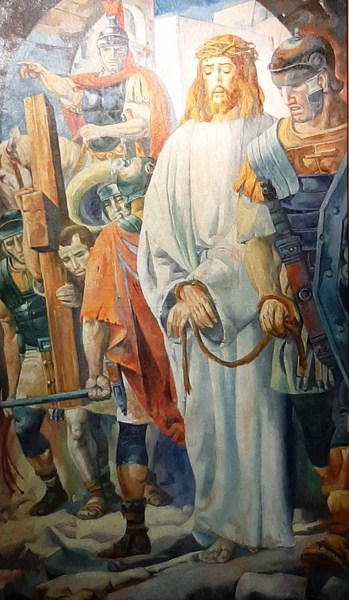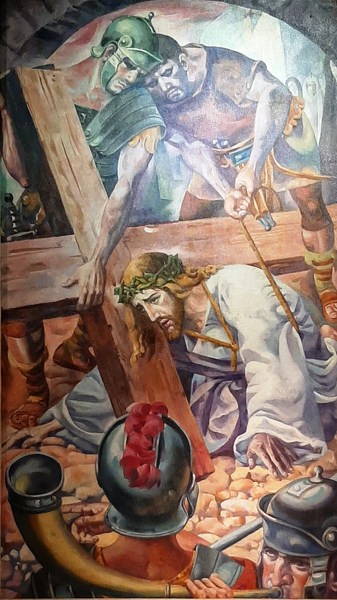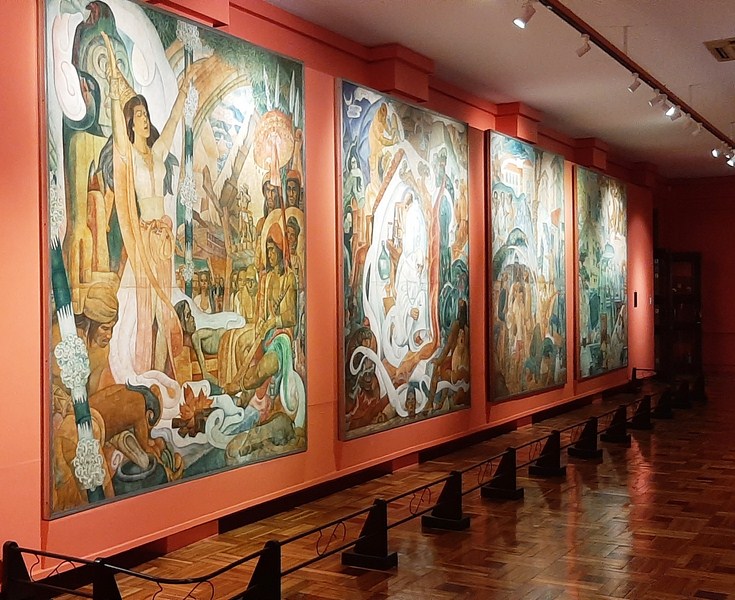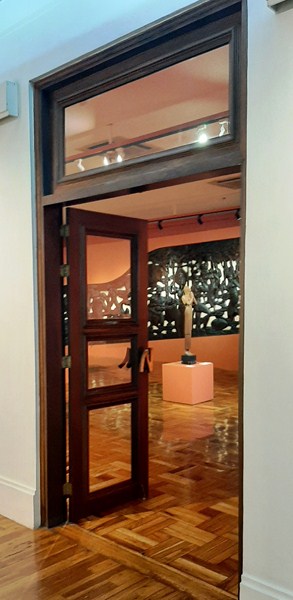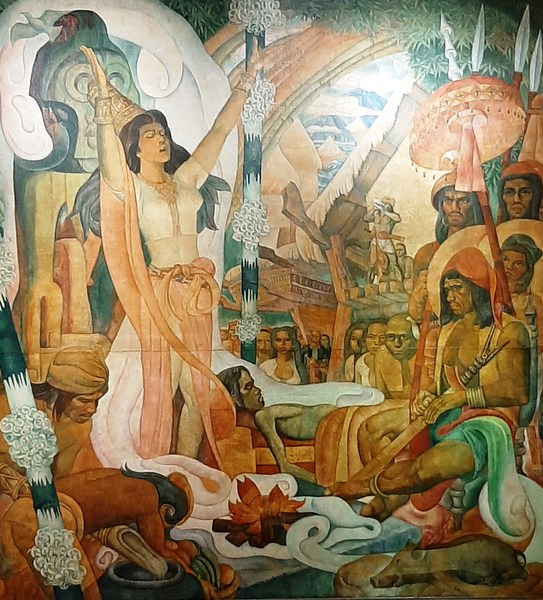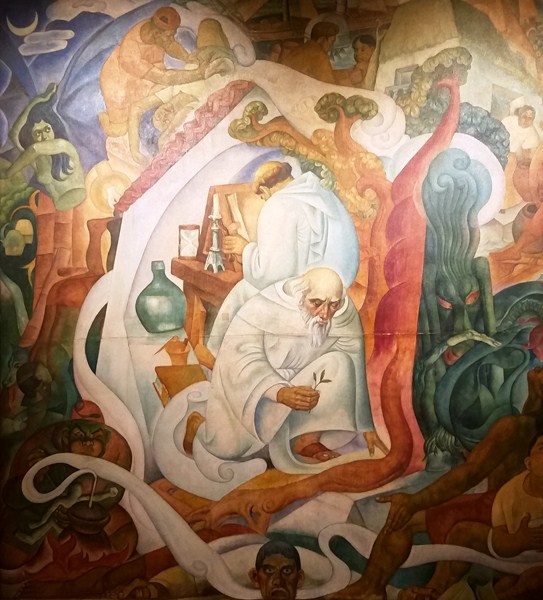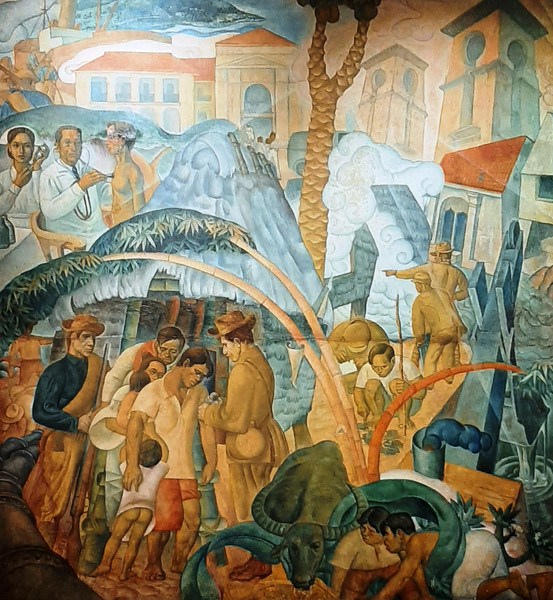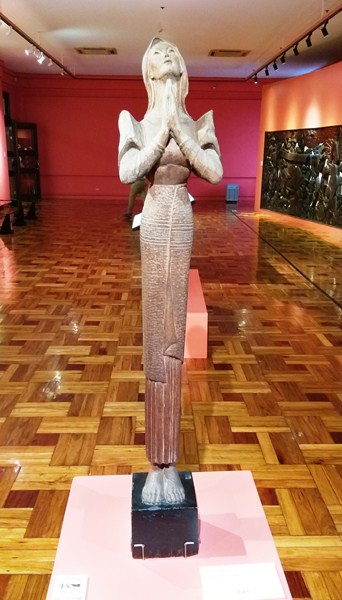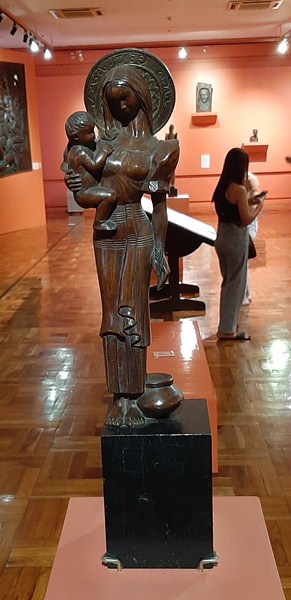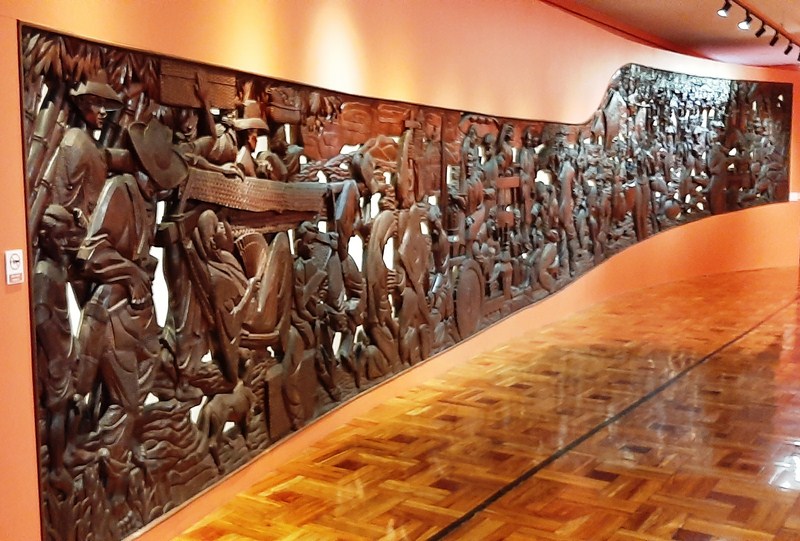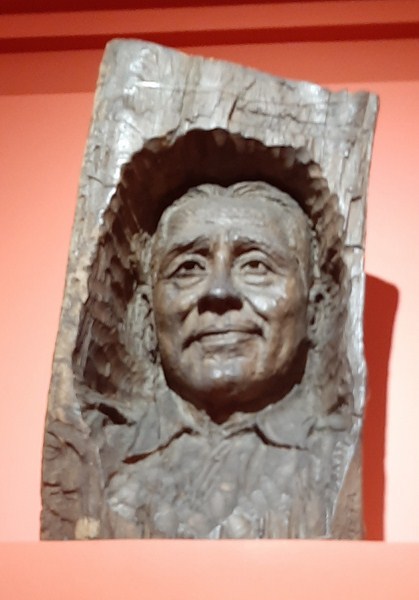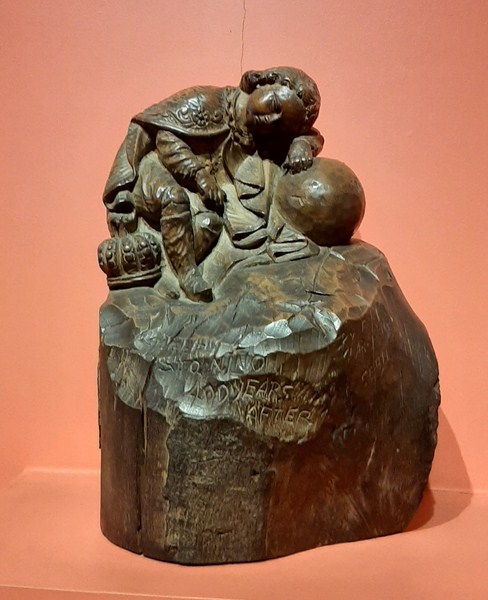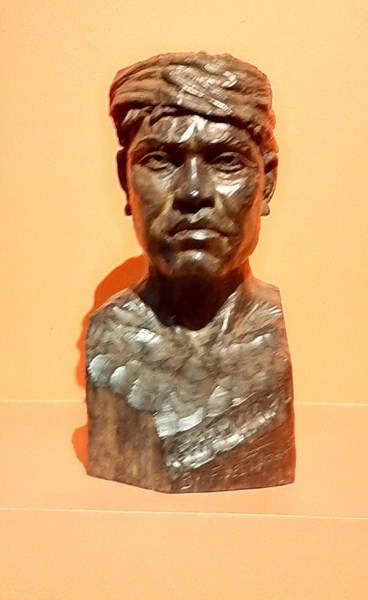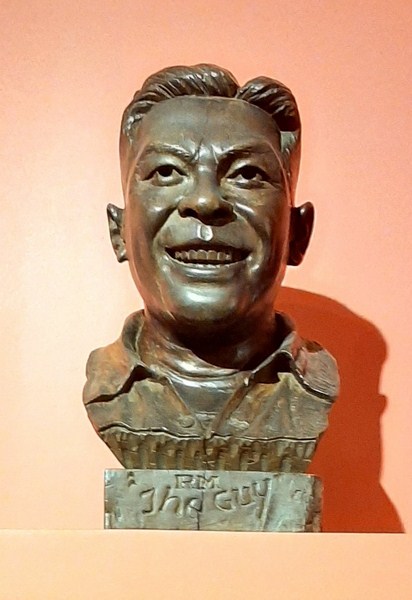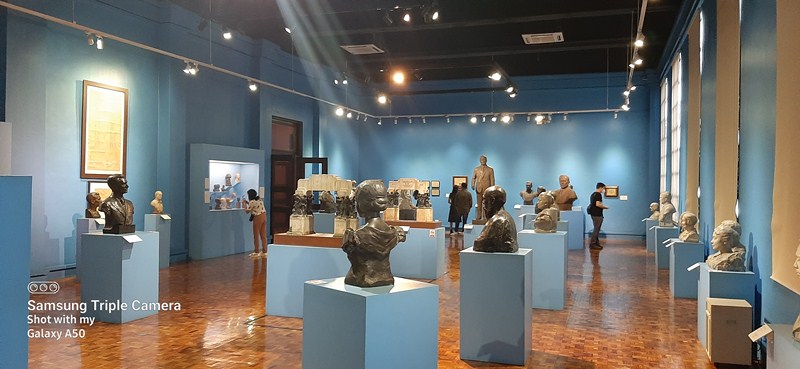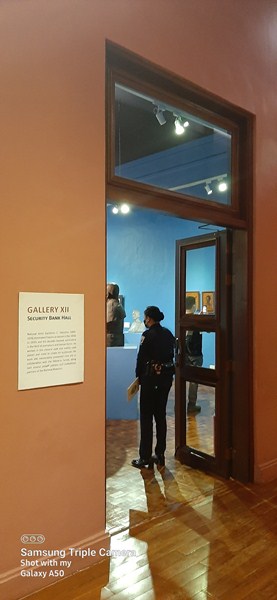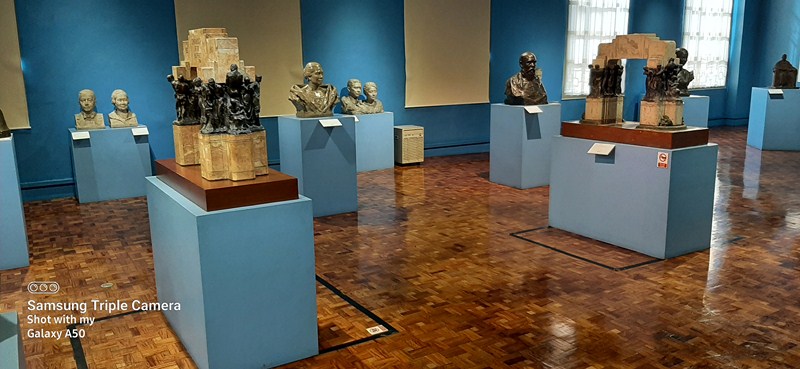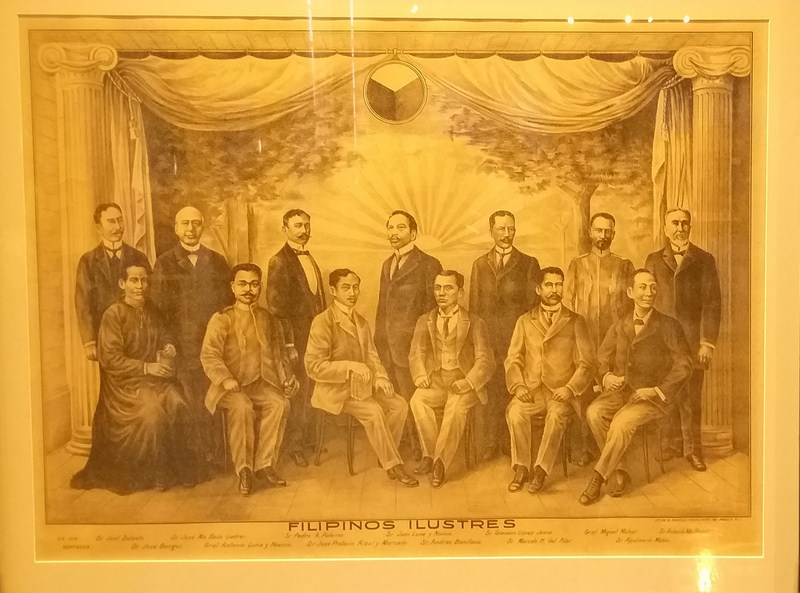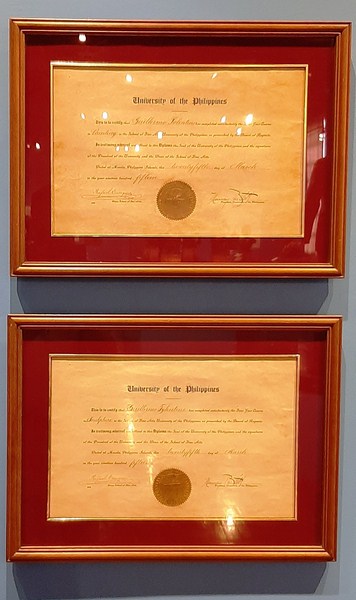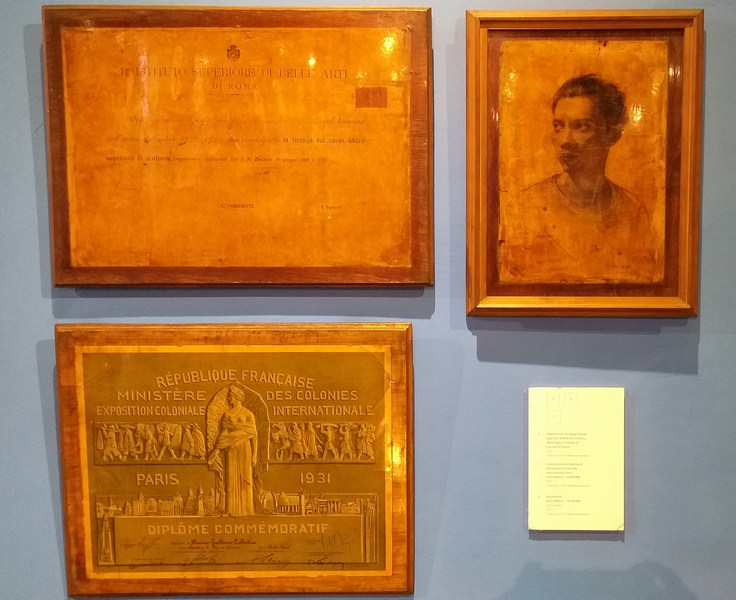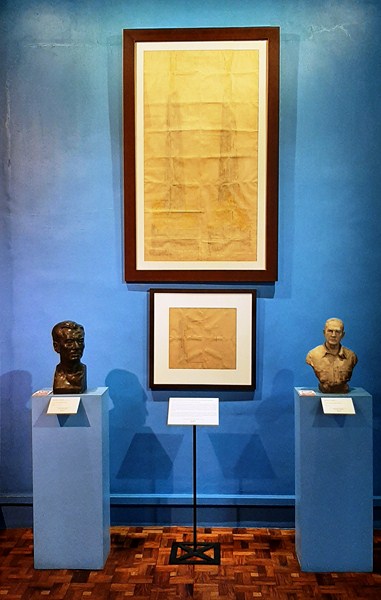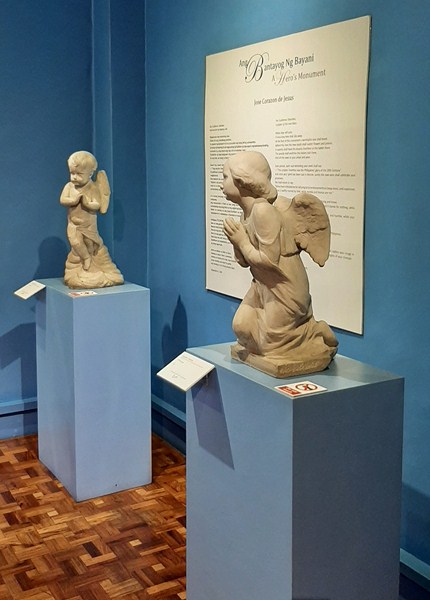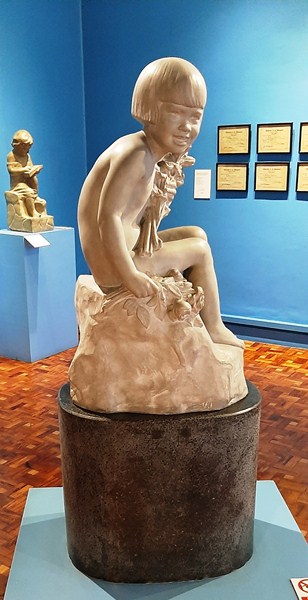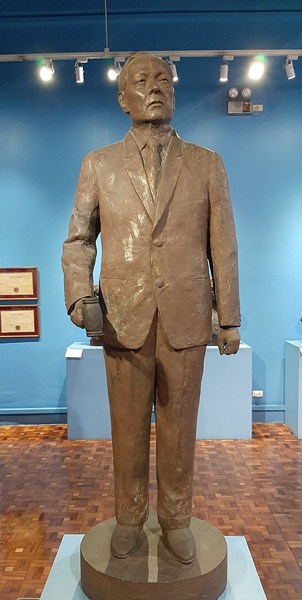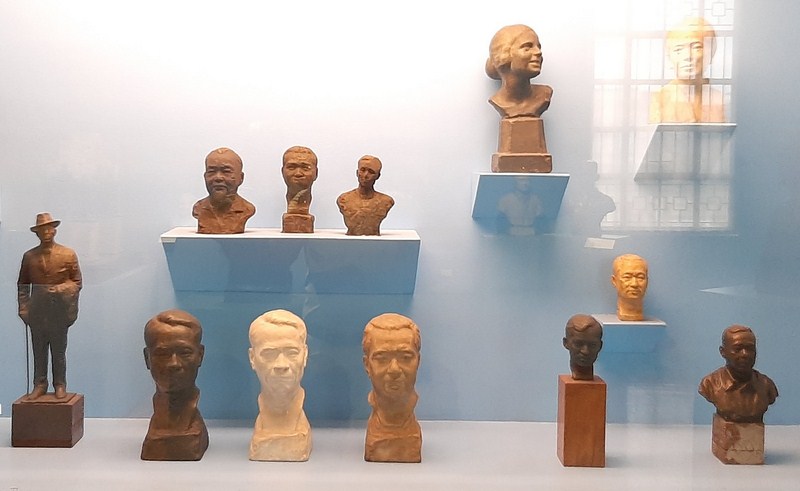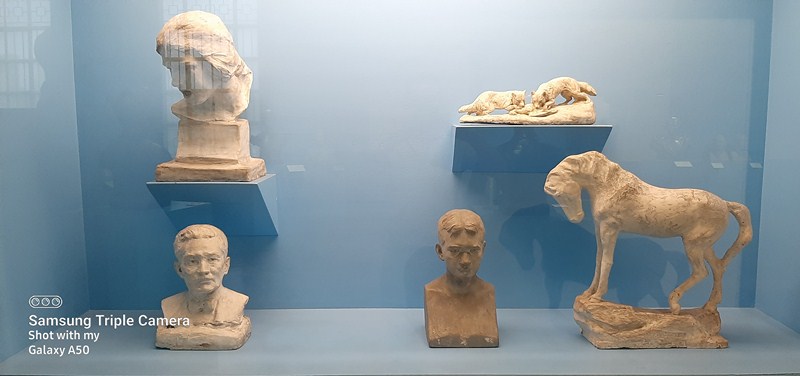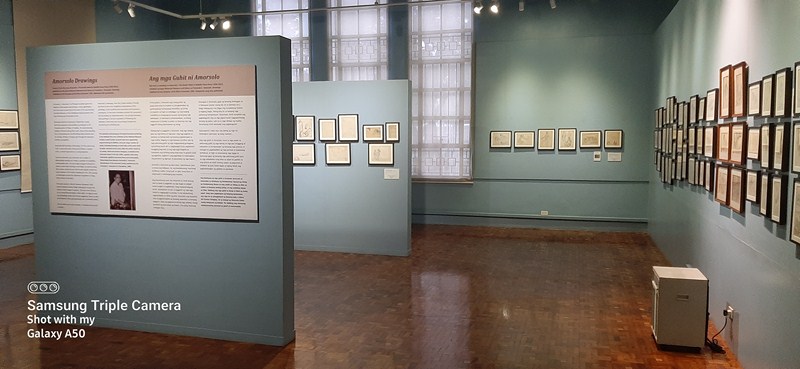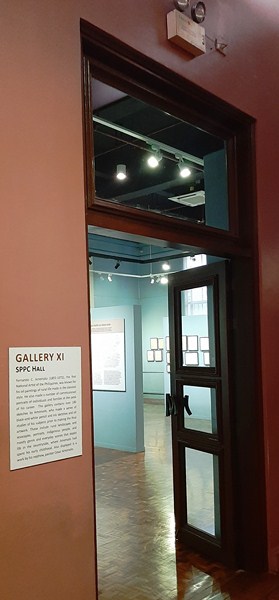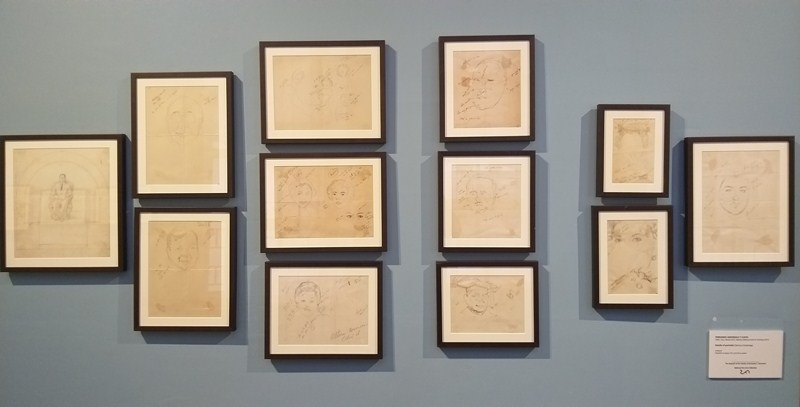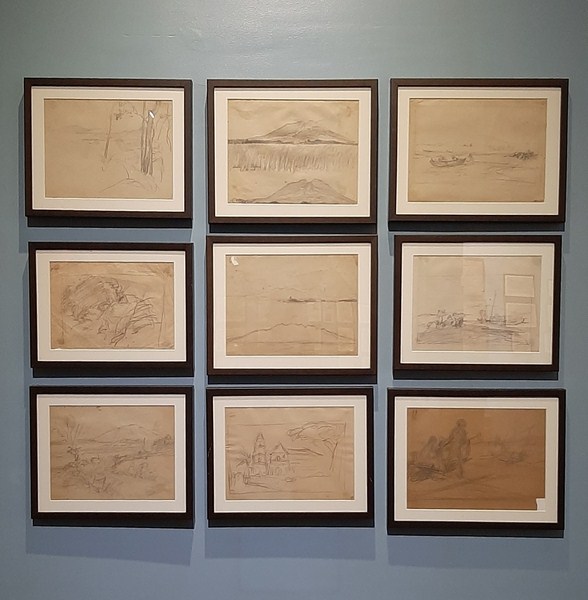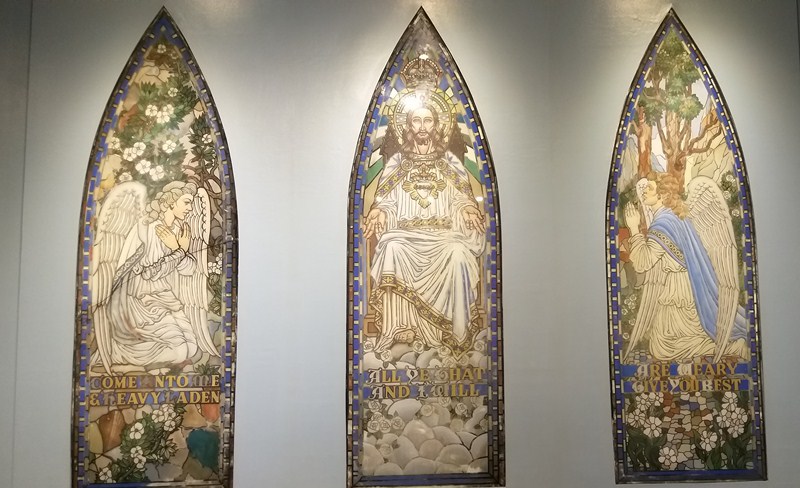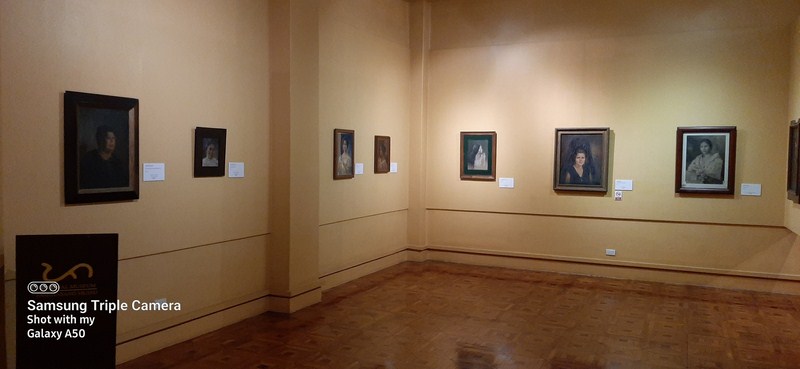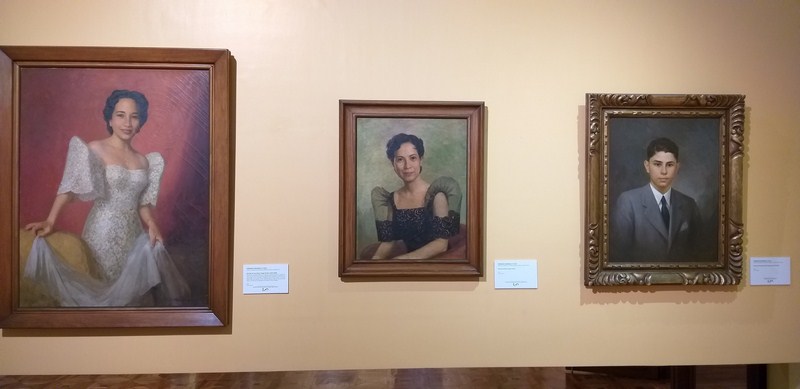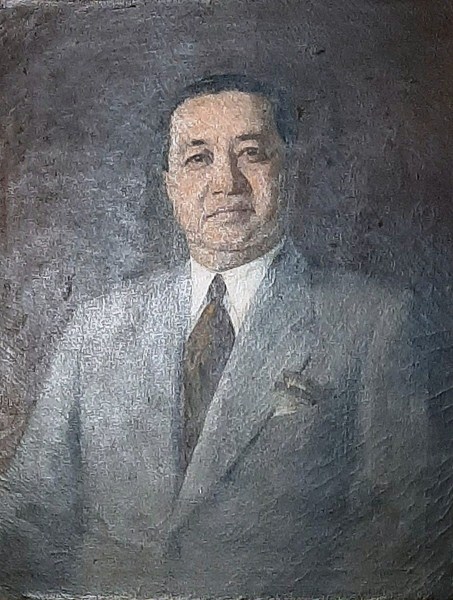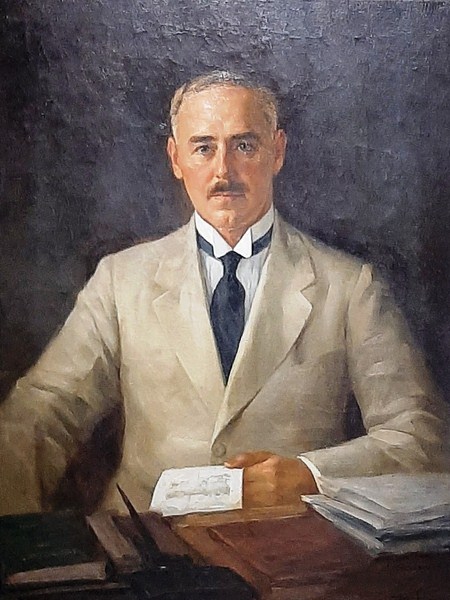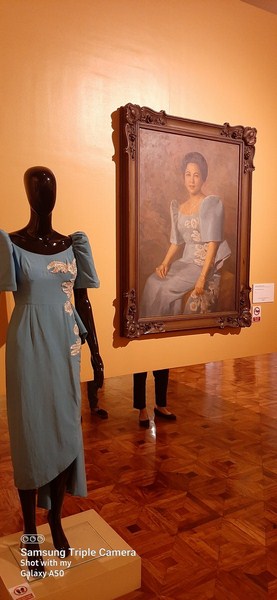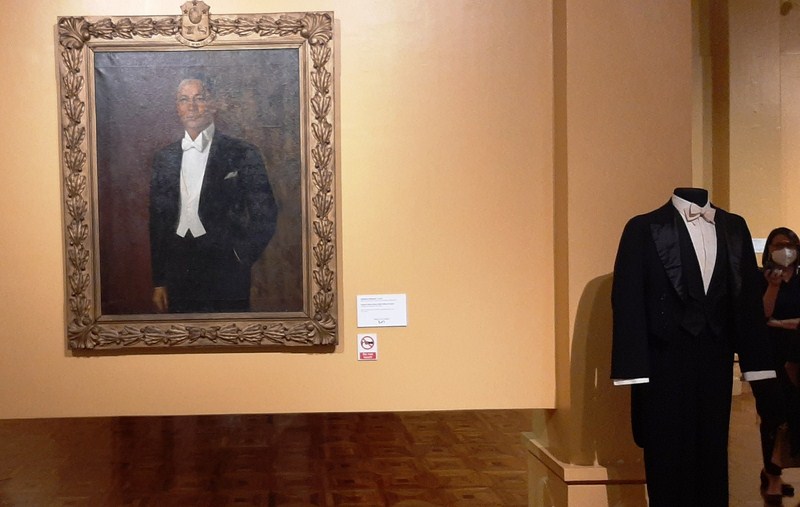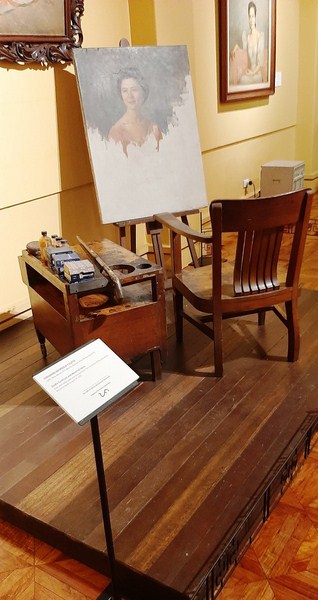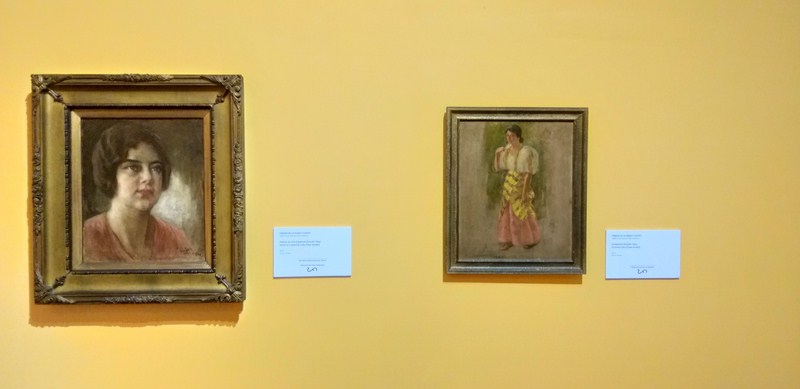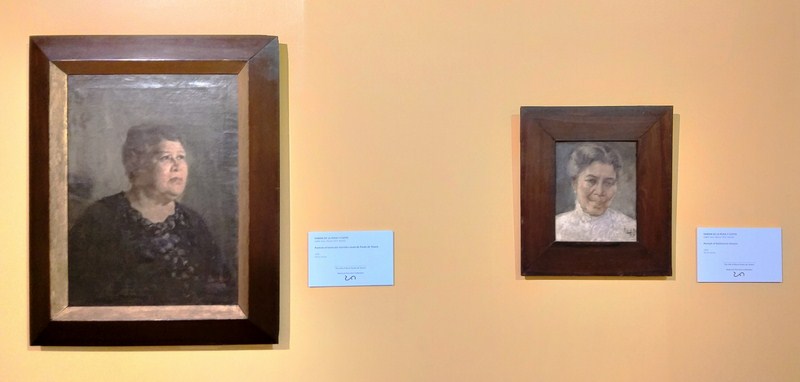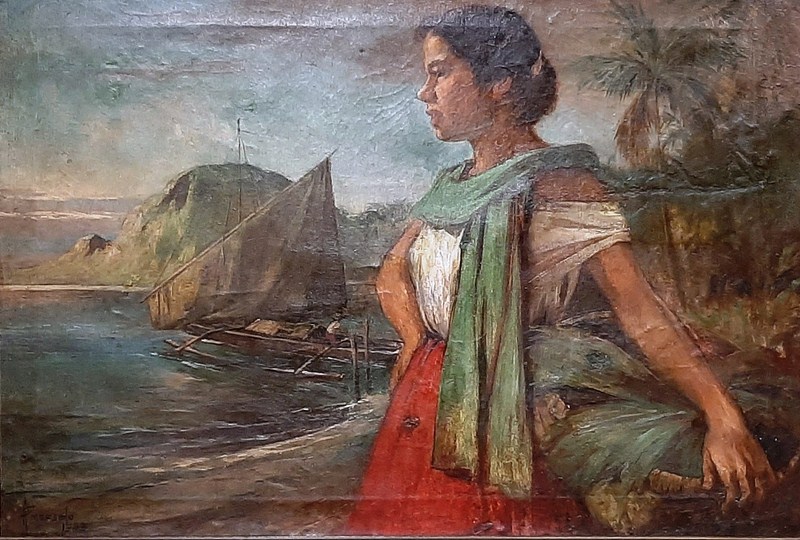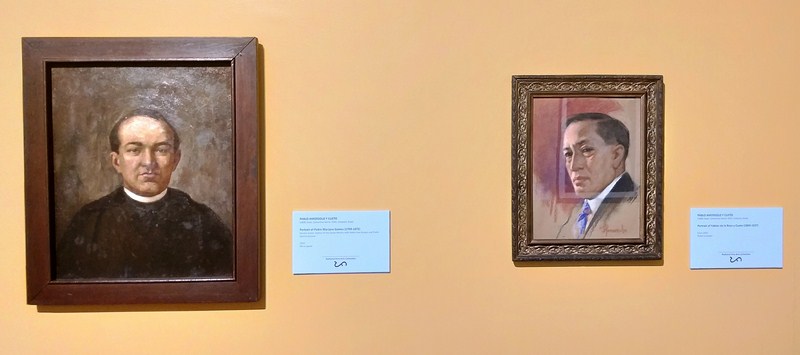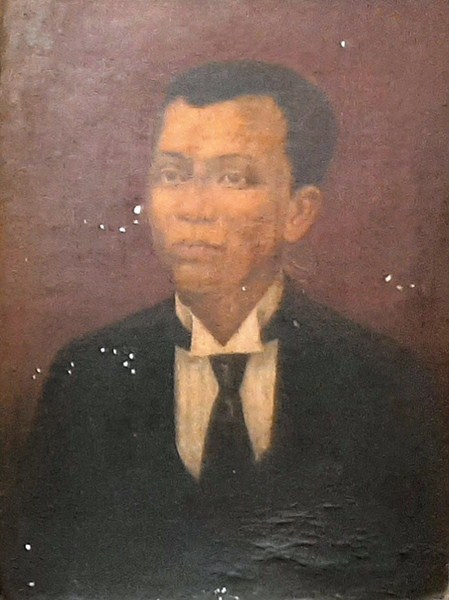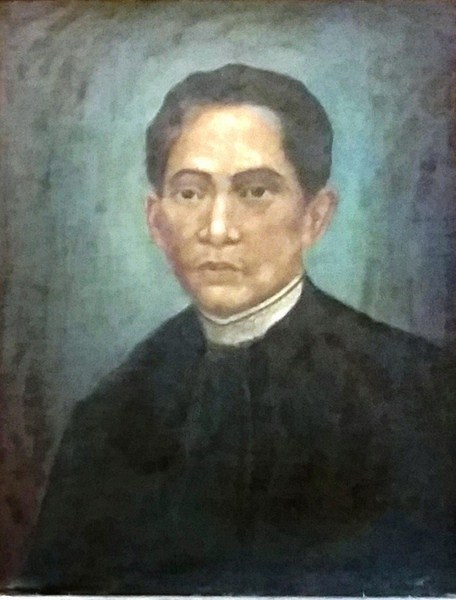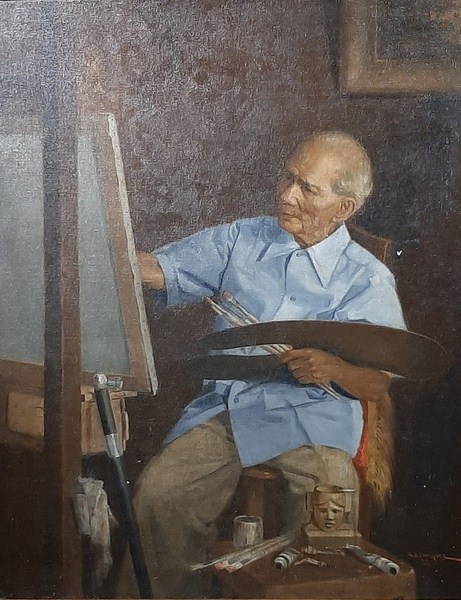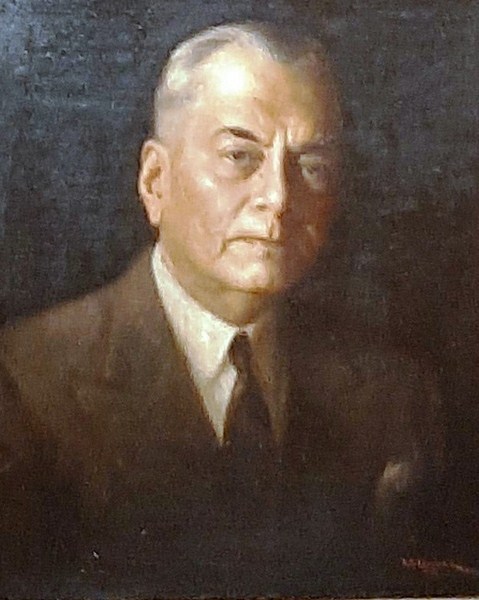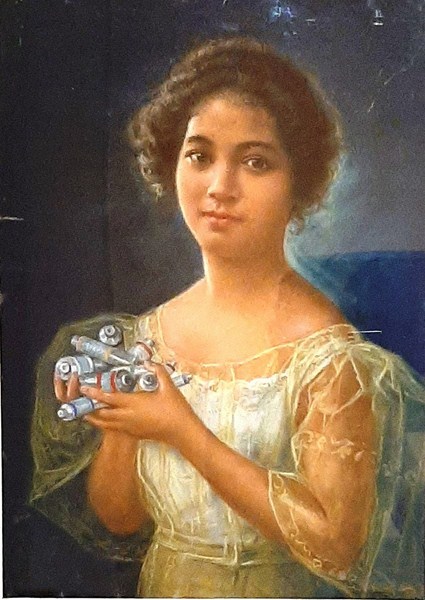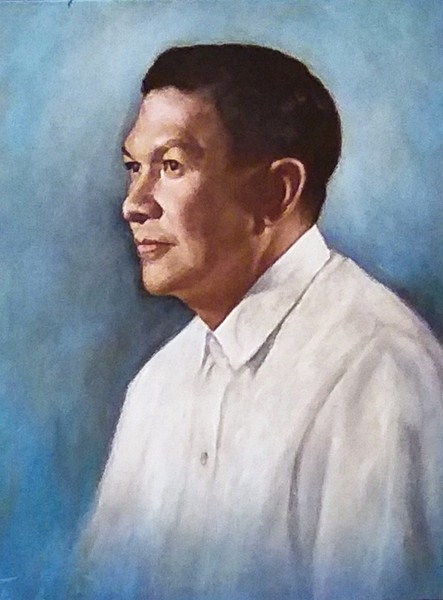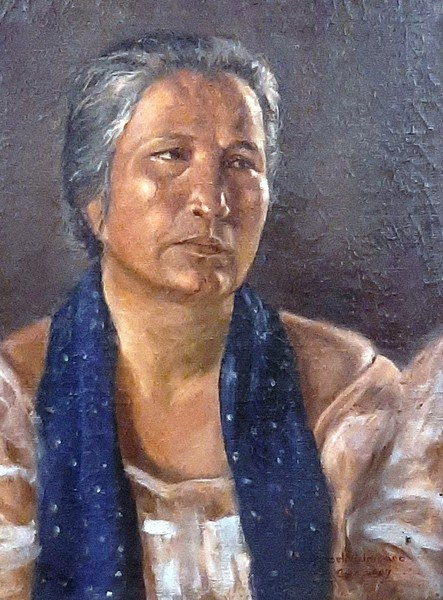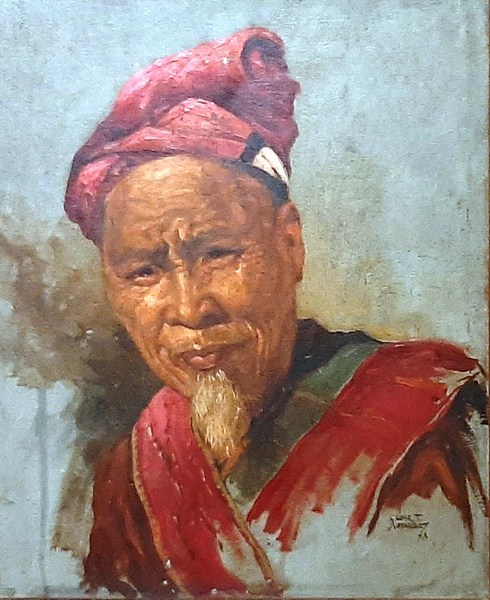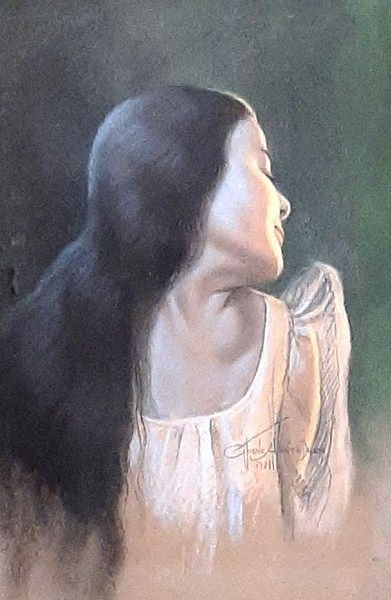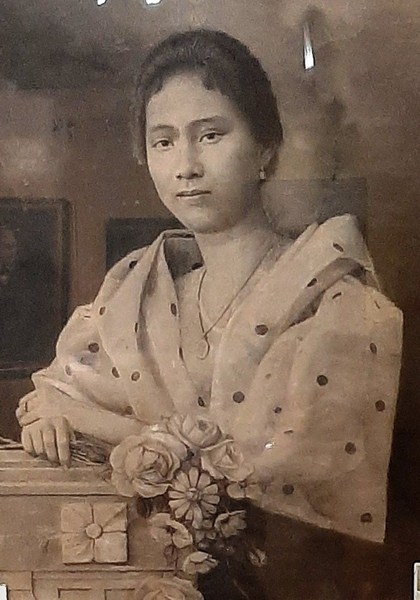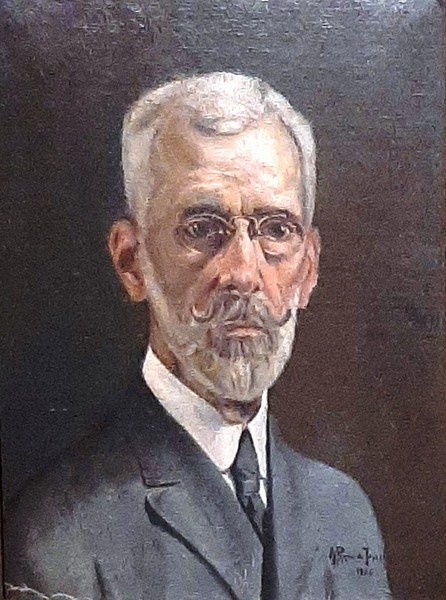The earthquake-proof Minor Basilica of San Sebastian (better known as San Sebastian Church), an example of the Gothic Revival architecture in the Philippines, is the first and only steel building in the Philippines and in Asia, the second in the world after the Eiffel Tower of Paris and probably the first prefabricated building in the world.
It is the church of the Parish of San Sebastian and also a Shrine of Our Lady of Mount Carmel (Nuestra Senora del Monte Carmelo) and is under the care of the Order of Augustinian Recollects (who also operate the San Sebastian College-Recoletos adjacent to the basilica).
This church was originally founded by Fr. Rodrigo de San Miguel as a nipa and bamboo church in 1621 (on land donated by Bernardino Castillo, a generous patron and a devotee of the 3rd-century Roman martyr Saint Sebastian). The original structure, made of wood, burned in 1651 during a Chinese Filipino uprising and rebuilt with bricks with a single tower. Succeeding structures, which were built of brick, were destroyed by fire and earthquakes in 1859, June 3, 1863 and July 19, 1880.
In the 1880s, Fr. Esteban Martínez, the parish priest of the ruined church, proposed construction of a new church and approached Spanish Engineer Genaro Palacios y Guerra to build a church that will withstand the earthquakes. Planning to build a fire and earthquake-resistant structure made entirely of steel, Palacios completed a design that fused Earthquake Baroque with the Neo-Gothic style.
Augustinian Recollect Fr. Jesús Pastor Paloma noted that the bottom part of the church was designed to resemble a ship’s hull, so that it would sway during an earthquake. Palacio’s final design was said to have been inspired by the famed 14th century Gothic Burgos Cathedral in Burgos, Spain.
It has long been reputed that Gustave Gustave Eiffel, the French engineer behind the Eiffel Tower and the steel structure within the Statue of Liberty, was himself also rumored to have been involved in the design and construction of San Sebastián, but this was never confirmed.
However, later on it was confirmed that Eiffel was involved in designing and supplying the metal framework for San Ignacio Church in Intramuros, thus confirming the contribution of Eiffel in Philippine church architecture, if not in the Minor Basilica of San Sebastián.
The church was started by Fr. Gregorio Serma while the 52 metric tons (51 long tons; 57 short tons) of prefabricated steel sections manufactured in Binche, Belgium were ordered from the Societe anonyme des Enterprises de Travaux Publiques in Brussels by Fr. Toribio Minguella, imported, piece by piece, in eight separate shipments (total load: 50,000 tons) from Antwerp to Manila.
In 1888, the first shipment arrived and Belgian engineers supervised the assembly of the church, the first column of which was erected on September 11, 1890 under the supervision of Fr. Bernardo Muros. To achieve greater stability and regulate the church’s exterior temperature, the walls were filled with mixed sand, gravel and cement.
According to Fr. Paloma, the church was also supposed to have a prefabricated retablo (reredos) altar. However, it was lost at sea when the ship carrying it from Belgium capsized in a storm so a wooden altar was made locally in its stead. The foundation was done by a French contractor, construction was supervised by a British foreman while the floors were done by Chinese craftsmen.
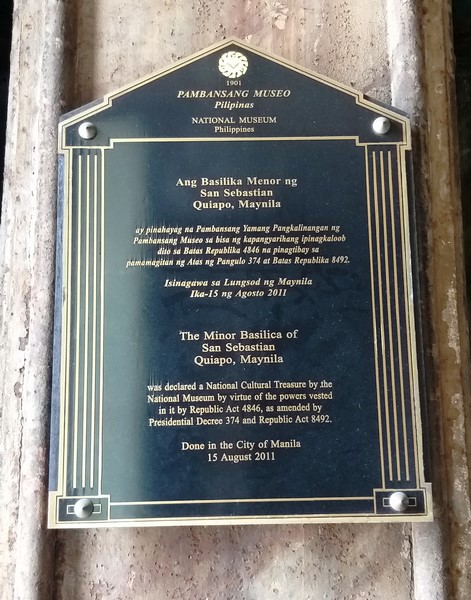
Plaque installed by the National Museum in 2011 declaring the basilica as a National Cultural Treasure Plaque
The church was finally completed by Fr. Francisco Moreno. On June 24, 1890, it was granted minor basilica status by Pope Leo XIII and, on August 16, 1891, the Basílica Menor de San Sebastián was blessed by Bernardino Nozaleda y Villa , OP, the 25th Archbishop of Manila.
Sitting on a 704 sq. m. site, it has central nave 12 m. (39 ft.) from the floor to the springing dome and 32 m. (105 ft.) to the tip of the spires. The basilica has two openwork towers with pyramidal spires and steel vaulting. The interior, incorporating groined vaults in the Gothic architecture style (permitting very ample illumination from lateral windows), was repainted to make it appear like faux marble.
To give the appearance of marble and jasper, the steel columns, walls and ceiling were painstakingly painted by Lorenzo Rocha (multi-awarded portraitist and royal court painter) and turn-of-the-century artists Isabelo Tampingco and Félix Martínez.
The trompe-l’œil paintings of saints, angels, evangelists and martyrs were done by the students of the Academia de Dibujo, Pintura y Arte headed by Lorenzo Rocha. True to the Gothic revival spirit of the church, the confessionals, pulpit, altars and five retablos were designed by Lorenzo Guerrero and Rocha. The statues of holy men and women were carved by sculptor Eusebio Garcia while the six holy water fonts were each crafted from marble obtained from Romblon.
The beautiful stained glass windows, depicting the life and story of Jesus Christ, were imported from the Heinrich Oidtmann Company, a German stained glass firm (local artisans assisted in applying the finishing touches).
Inside, on a prominent place above the main altar, is the image of Our Lady of Mount Carmel (Nuestra Señora del Carmen). A gift of the Discalced Carmelite Sisters from San Jose Monastery in Mexico City, it was brought here in 1617 by Recollect Reverend Fr. Provincial Rodrigo de San Miguel. The image survived all the earthquakes and fires which had destroyed previous incarnations of San Sebastian Church but, unfortunately, its original ivory head was stolen in 1975.
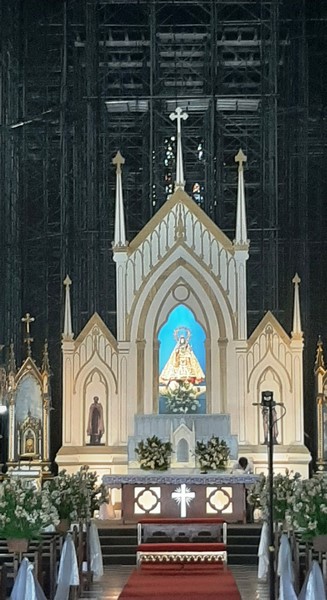
The main altar with the image of Our Lady of Mount Carmel. At the back you can see the scaffolding used for the Phase 1 restoration
Devotion of this image (feast day on July 16) was propagated in conjunction with the wearing of the scapular which promised the wearer quick deliverance from the suffering of purgatory. During the translacion of the annual Feast of the Black Nazarene in January, the image of Our Lady meets the Black Nazarene in the so-called dungaw.
On August 1, 1973, through Presidential Decree No. 260, it was declared a National Historical Landmark by President Ferdinand Marcos. On August 15, 2011, with the unveiling of the marker on January 20, 2012, the church was declared a National Cultural Treasure by the National Museum of the Philippines.
On May 16, 2006, on account of its architectural and historical heritage, the Minor Basilica of San Sebastian was included by the National Historical Institute (now the National Historical Commission of the Philippines) in the Philippines’ Tentative List for possible designation as a World Heritage Site. As of 2017, the church is no longer included in the Tentative List.
In recent years, the steel structure has encountered threats to its structural integrity in the form of rust and corrosion due to sea breezes from nearby Manila Bay. In 1982, when state funding was accorded to the church through the National Historical Institute, restoration was undertaken. Likewise, the Augustinian Recollect community has expended funds for the church’s maintenance and restoration.
During the 2000 and 2010 World Monuments Watch (a global program of the World Monuments Fund), it was placed, along with the Rice Terraces of the Philippine Cordilleras and Santa Maria Church, on the biennial watch list of the 100 Most Endangered Sites. In 2011, after the passage of the National Cultural Heritage Act, all of the sites were taken off the list.
It used to be in the UNESCO tentative list but, in 2015, was removed due to structural decay. To re-establish the site’s integrity and re-inclusion in the tentative list, the basilica will have to undergo another massive restoration program.
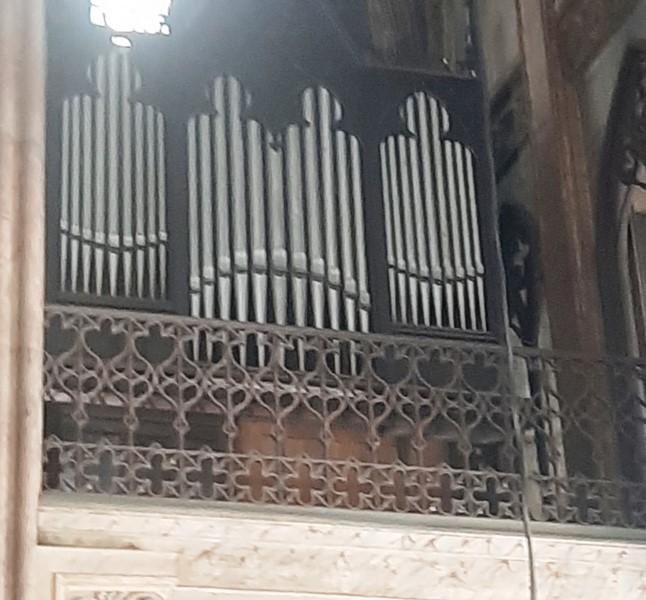
The basilica’s pipe organ which was constructed as a pure pneumatical organ by Walcker in 1914. After World War II, a new console was added.
After an exhaustive two-and-a-half year diagnostic study (funded by a 2012 grant from the Ambassadors Fund for Cultural Preservation, made possible by the U.S. State Department), using state-of-the-at equipment and science, it was found that there were 300 leaks in the building with up to 3 m. of rainwater collected in the church’s hollow columns.
Some of the leaks have already been taken care of by a team of hired graduates from Escuela Taller, a craft school for economically challenged youth. Advanced stages of corrosion have also caused parts of the basilica (around 40 kgs. of steel) to literally fall off.
With regards the stained glass windows, some soiling, sagging, missing panes and a few cracked frames were noted. Talks are ongoing with the Heinrich Oidtmann Company, the German firm that supplied the stained glass, to convince the studio to run a training program to teach Filipinos how to make the colored glass.
The trompe-l’œil ceiling is another concern as corrosion has caused the delicate oil-based paintings on the steel canvas to flake. A varnish treatment on one of the panels done 20 years ago may delay the deterioration of both the panel and its painting.
The San Sebastian Basilica Conservation and Development Foundation is looking to a complete and comprehensive restoration in a little over 10 years. Phase 1 (repairs to the dome and roof), from 2022 to 2026, is now ongoing with some areas sealed off beginning 2021.
A 24-m. high, custom-made scaffolding has been installed, allowing assessment and repair of the dome columns and its surrounding area (dome crockets, stained glass windows and original paintings). Phase 2 is projected for 2027 to 2029 while Phase 3 is scheduled for 2030 to 2033.
Another greater threat looms over the horizon. On October 1, 2018, it was revealed that Summithome Realty Corporation was planning to construct University Home Recto, a 31-storey residential high rise building beside the historic church. As the area around the church is integral to the site as a “buffer zone,” it would negatively affect the site’s possible re-inclusion in the UNESCO tentative list.
Check out my Business Mirror article “Seriously Saving San Sebastian”
With the looming threat of the high-rise building, the site’s inclusion in the UNESCO tentative list is bleak as, without the site managers being initially informed, Summithome was able to acquire a barangay clearance supporting their application for a building permit from the barangay chairman.
Minor Basilica of San Sebastian: Pasaje del Carmen St., Plaza del Carmen (at the eastern end of C.M. Recto Avenue), Quiapo, 1001 Manila. Tel: (632) 734-8908, 734-8931, 742-3510 and 742-3331. Fax: (632) 736-1185. E-mail: sansebastianparish@gmail.com. Coordinates: 14°35′59″N 120°59′21″E.

